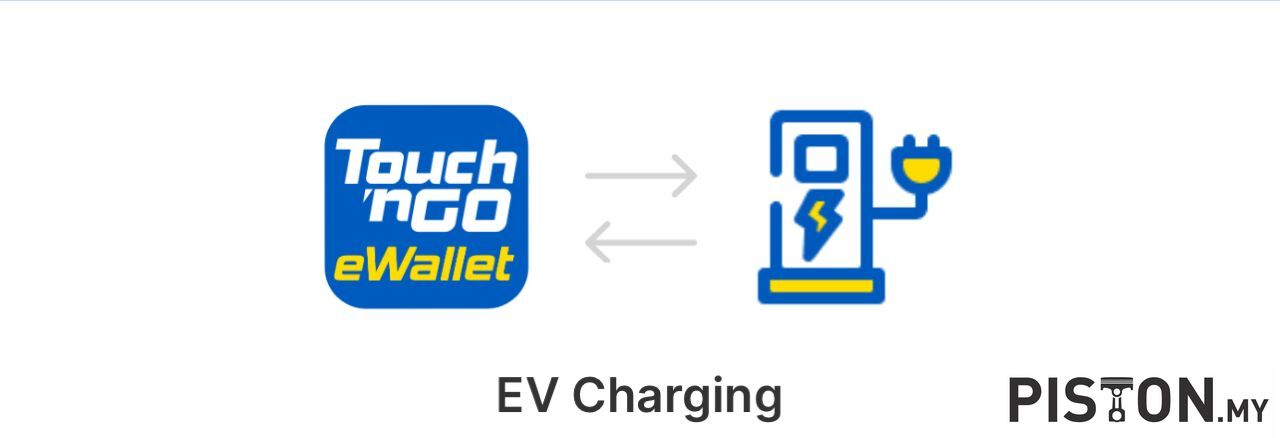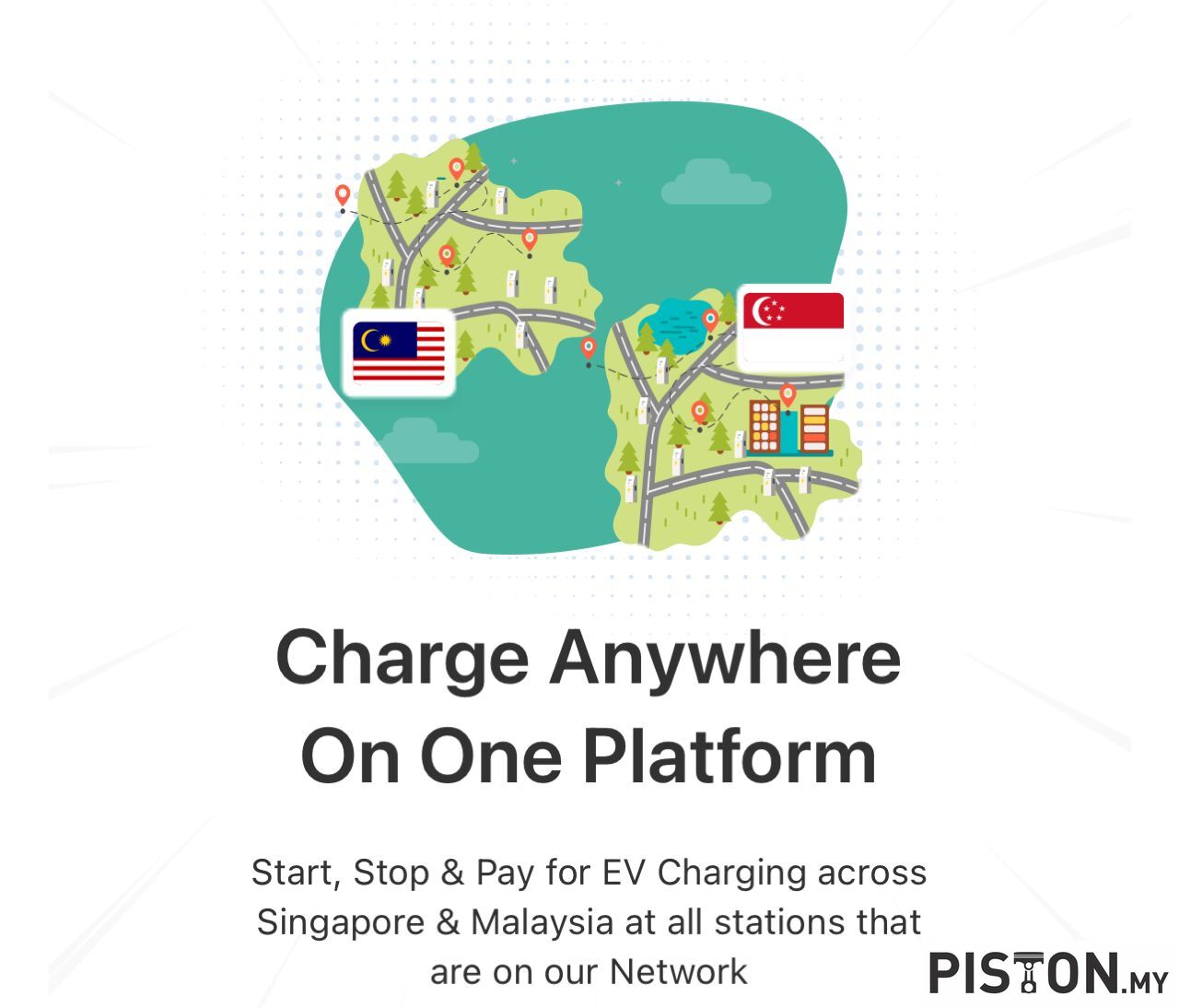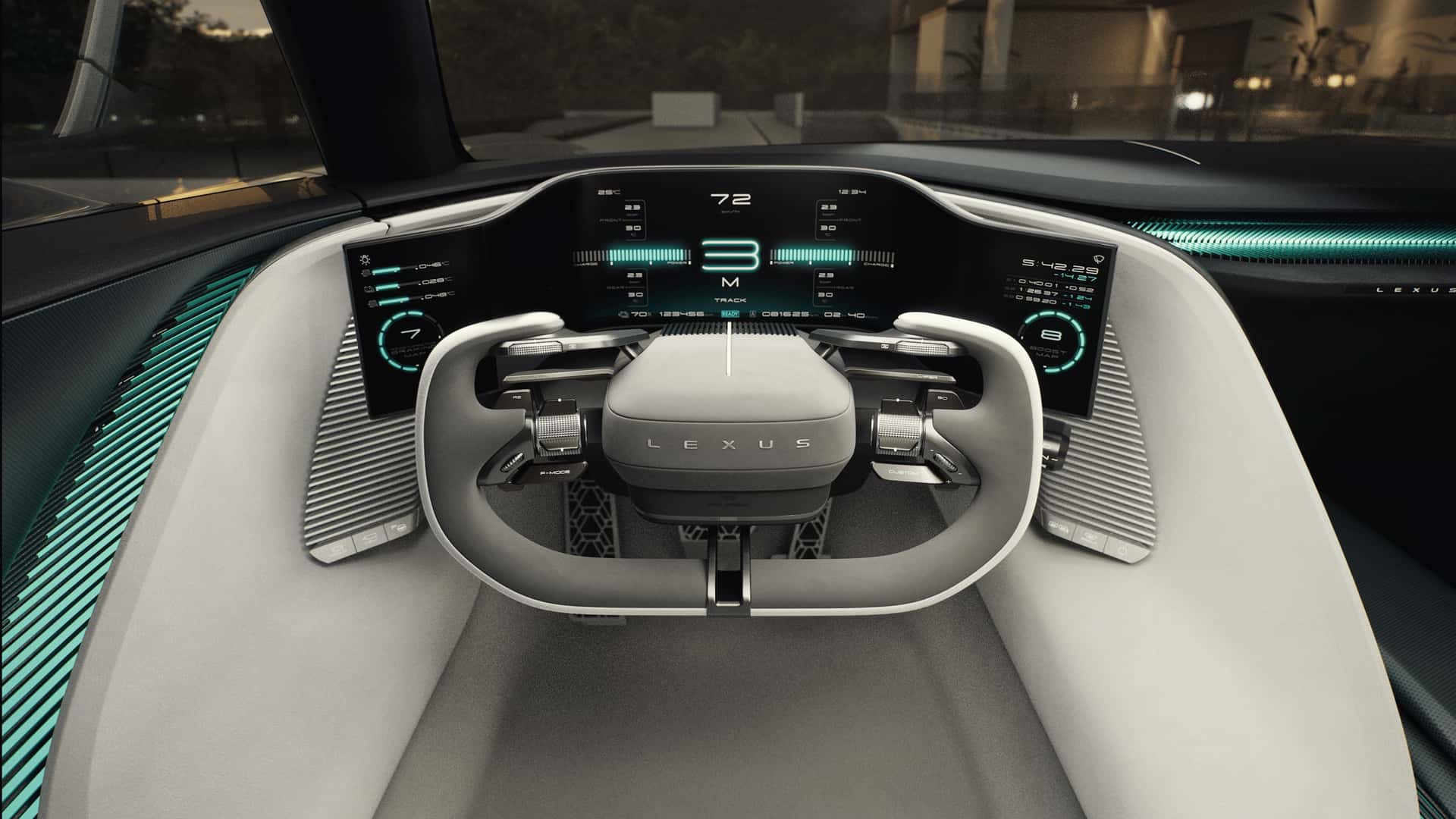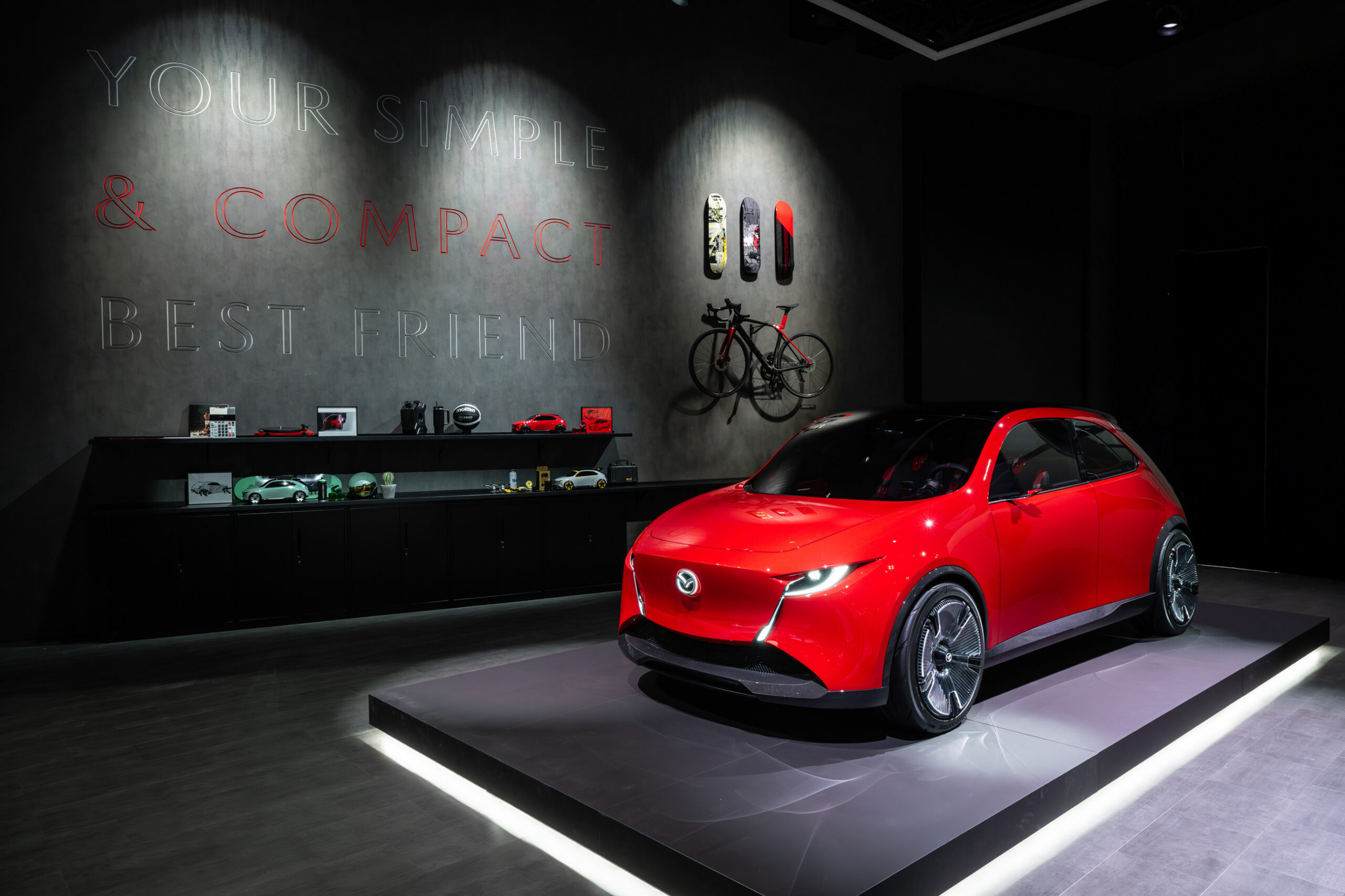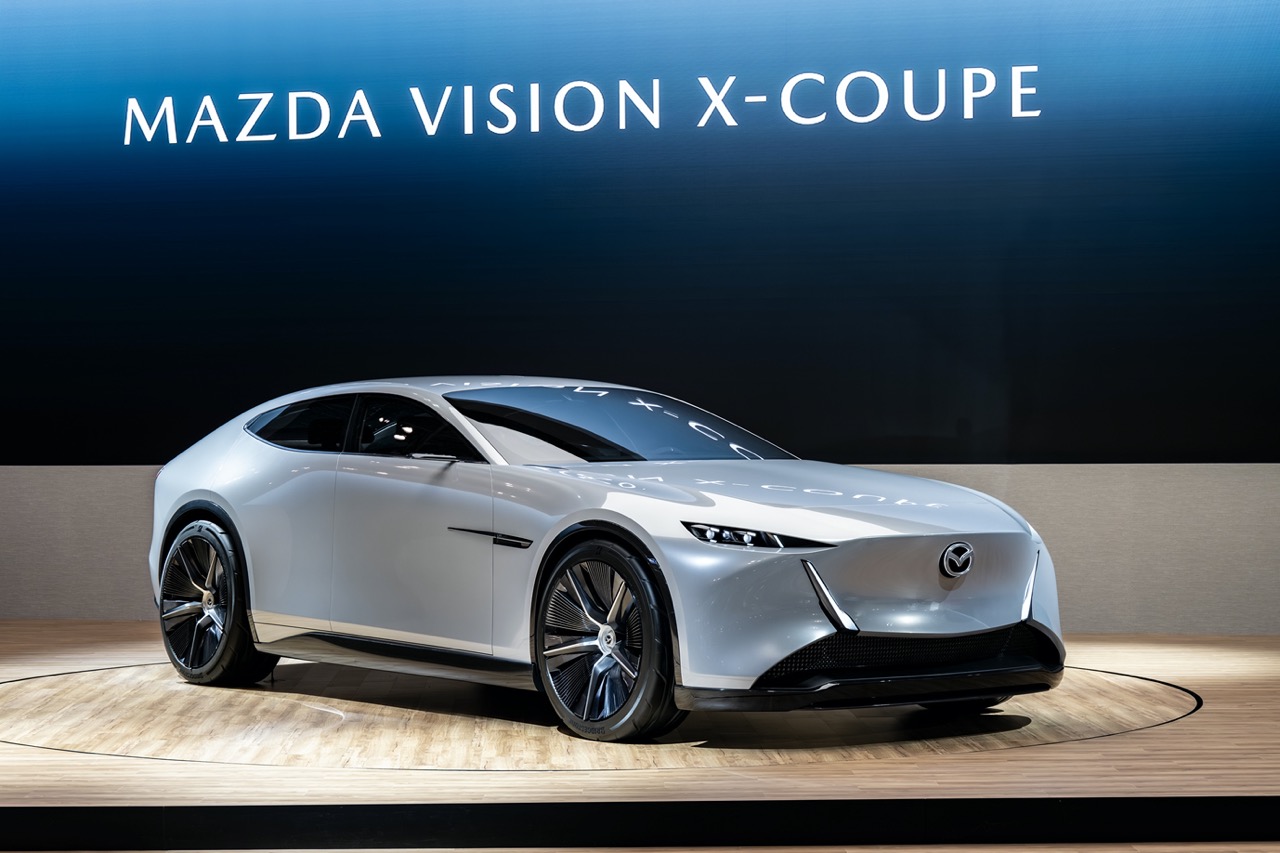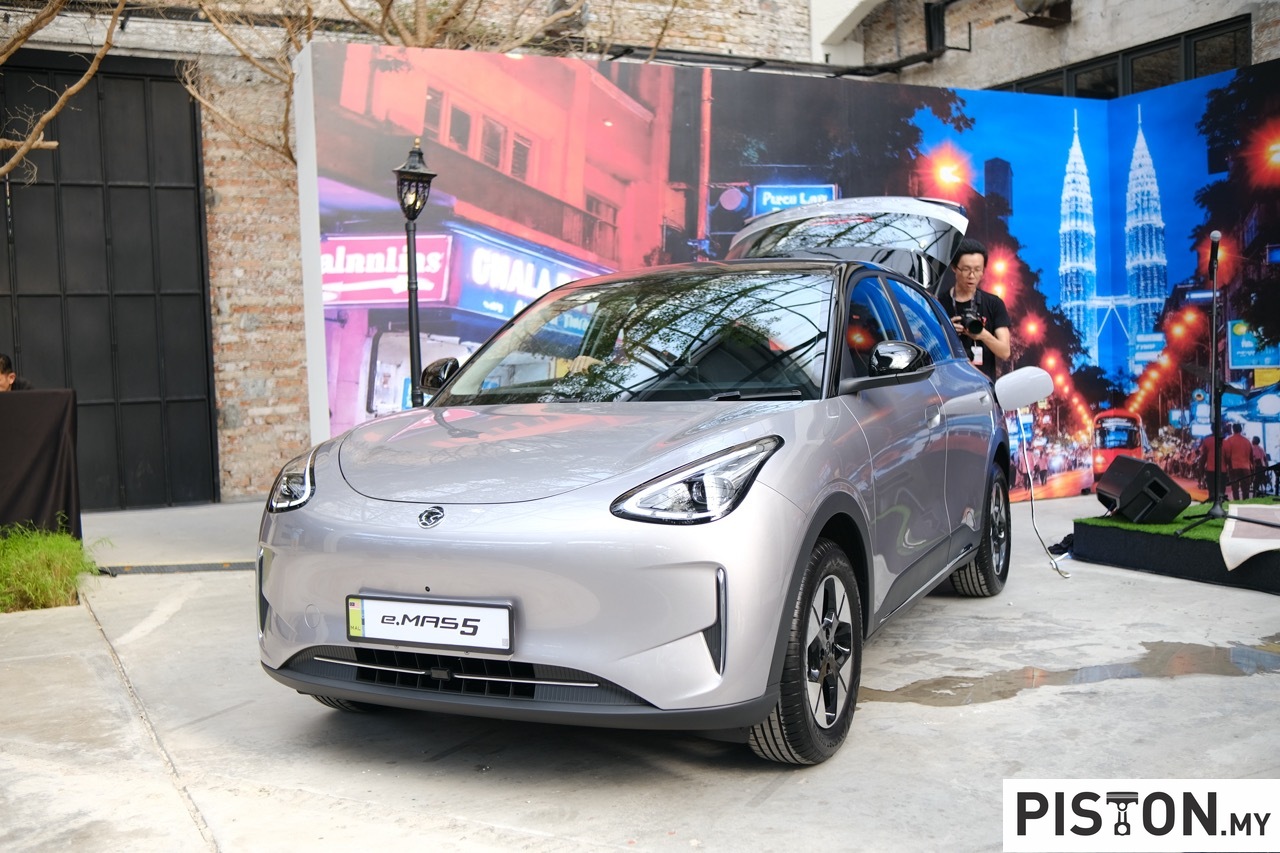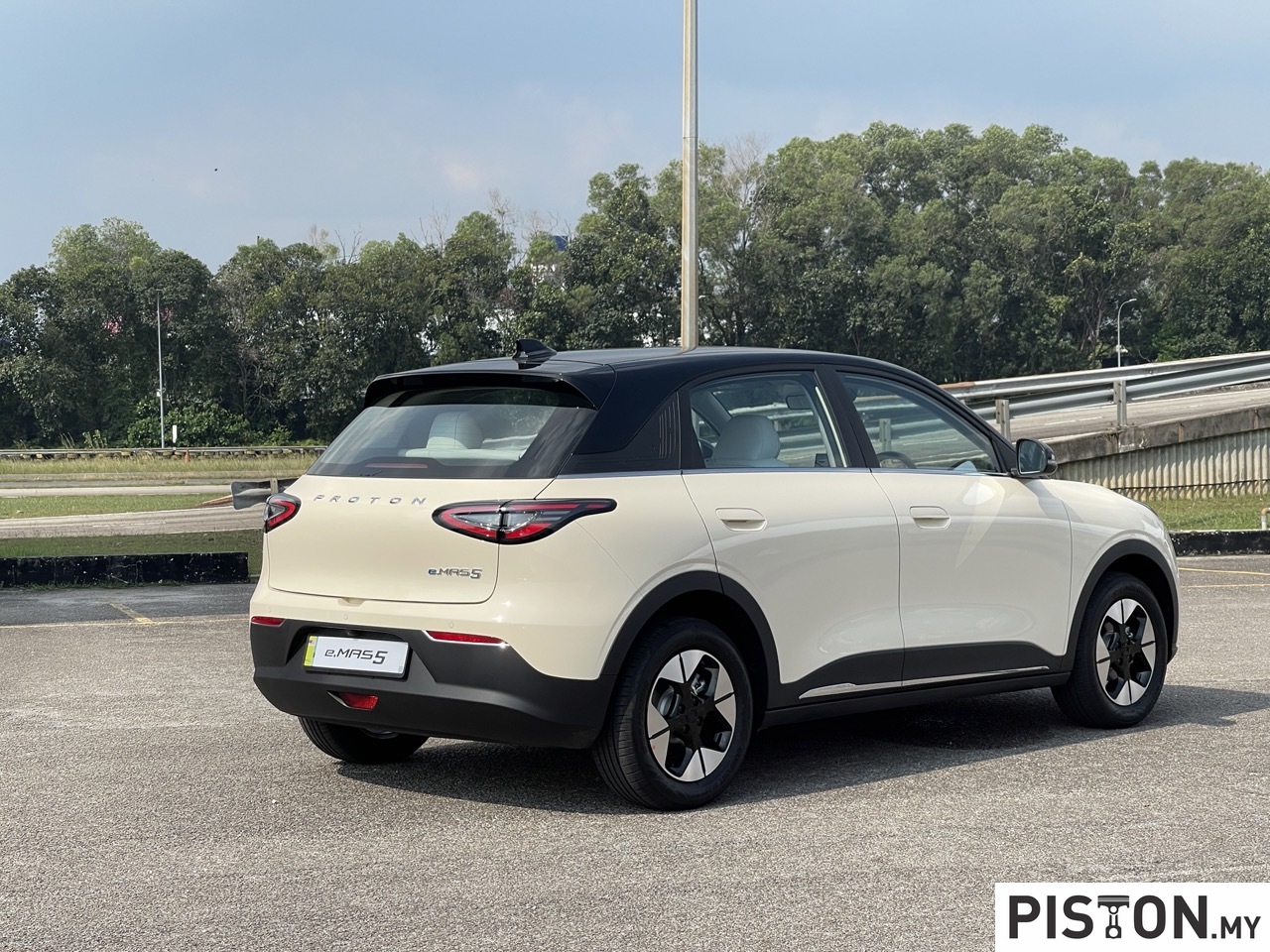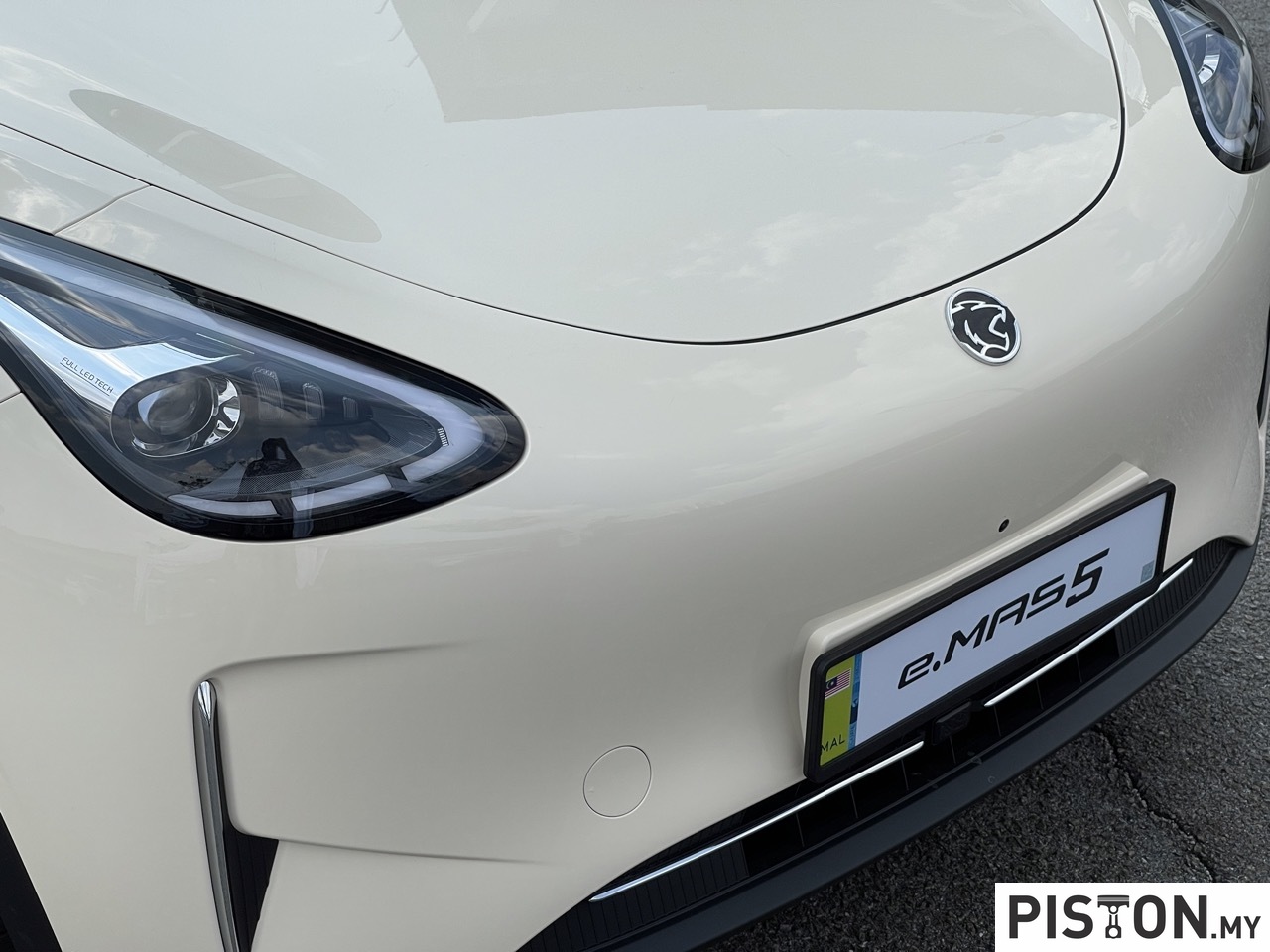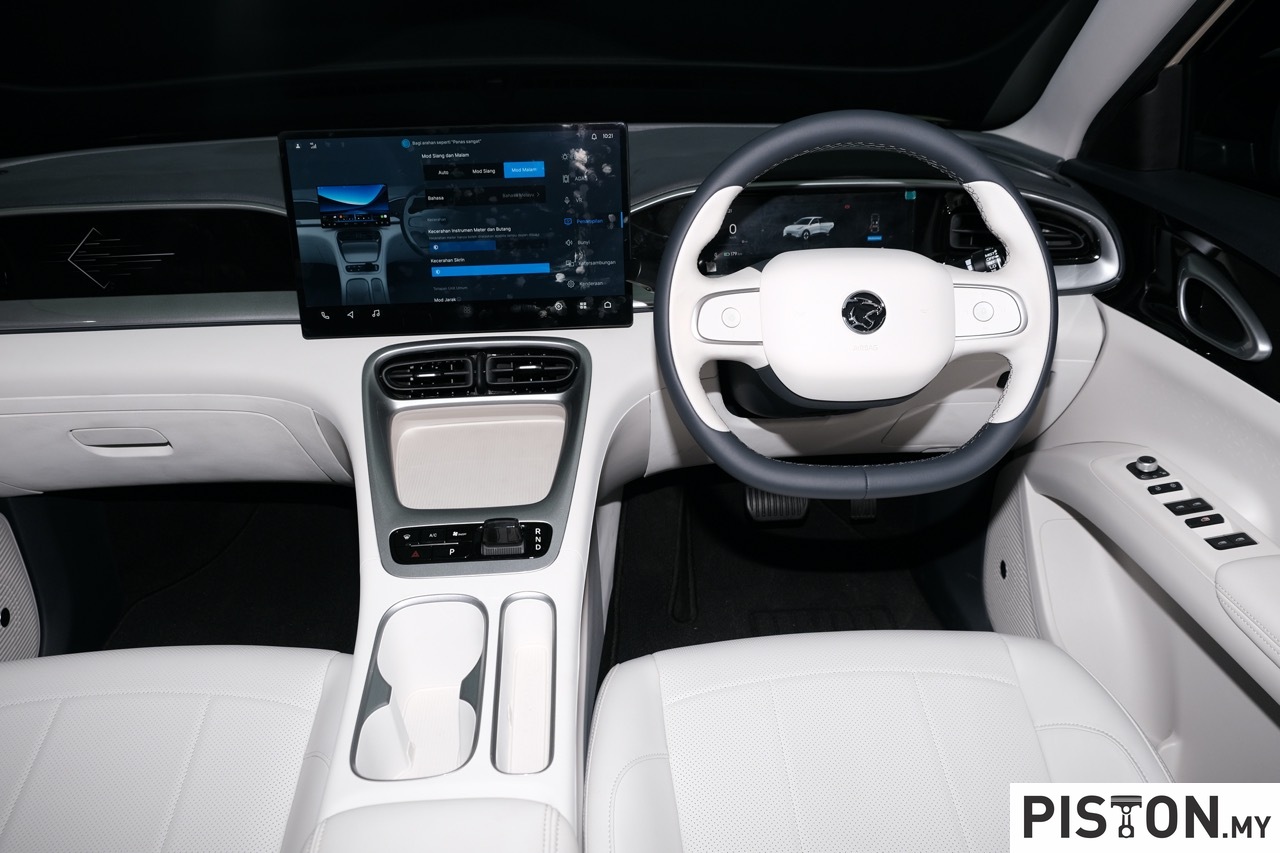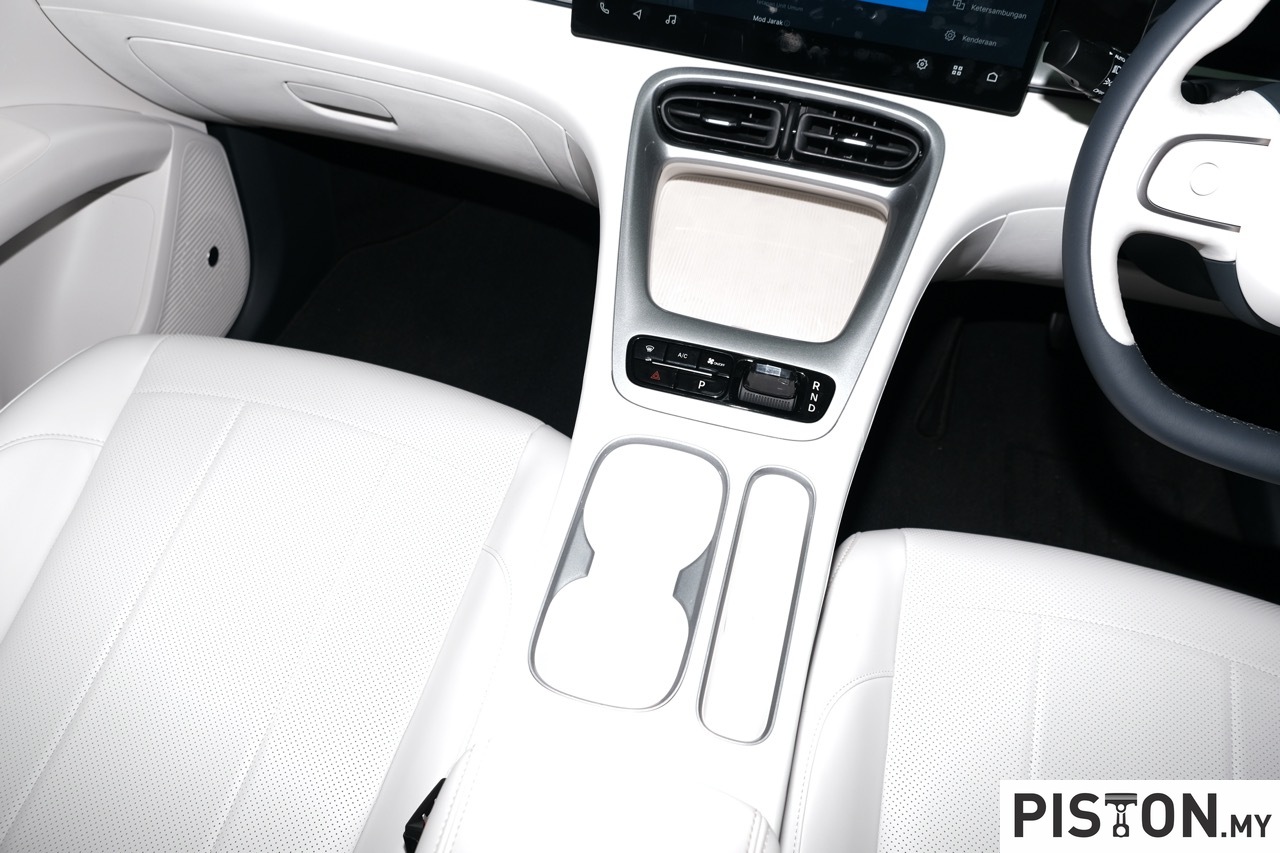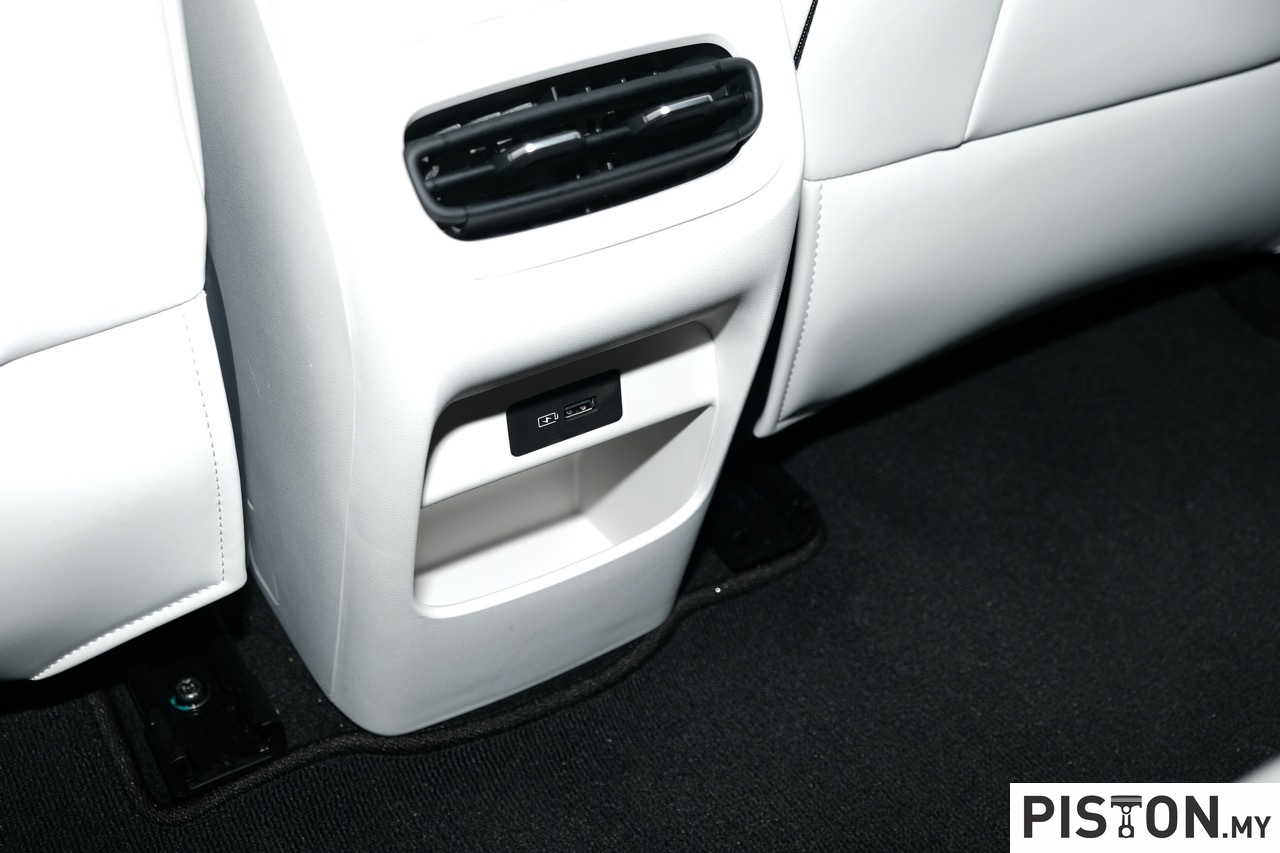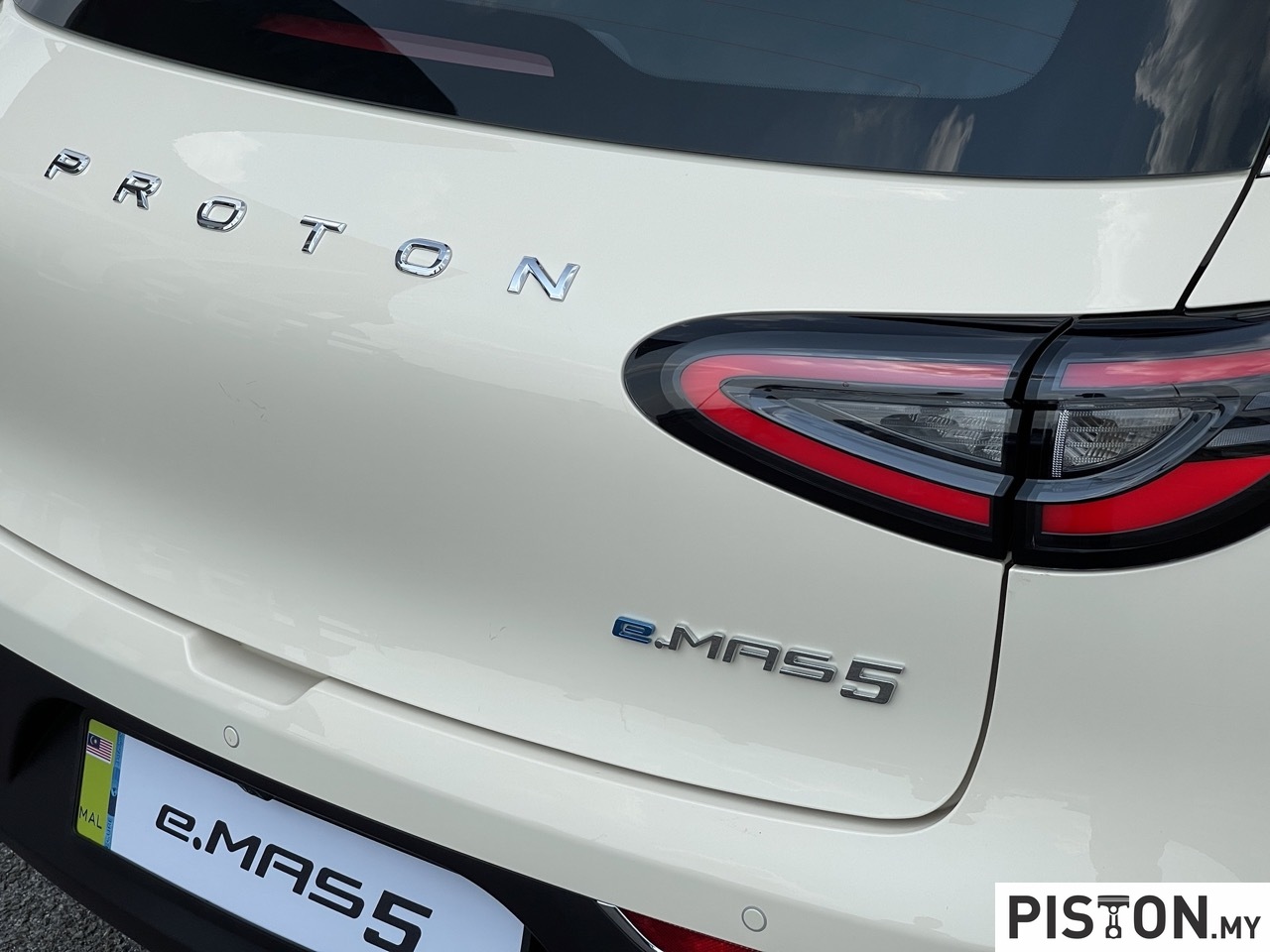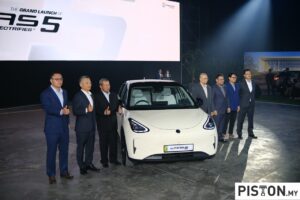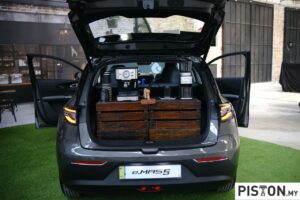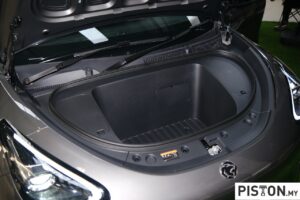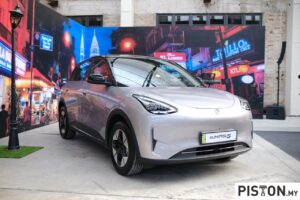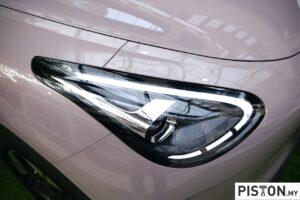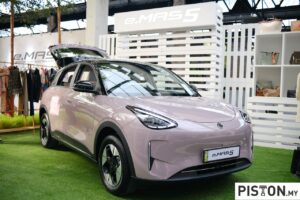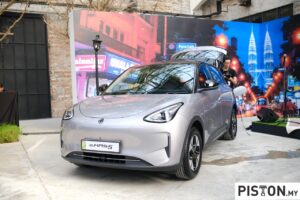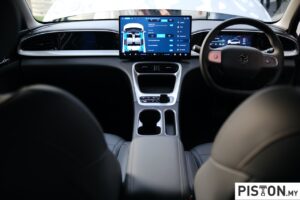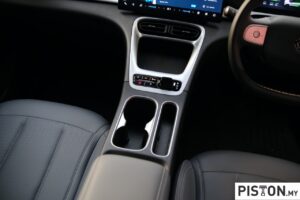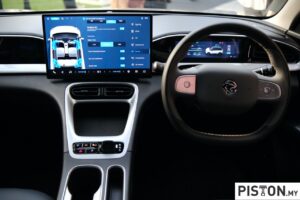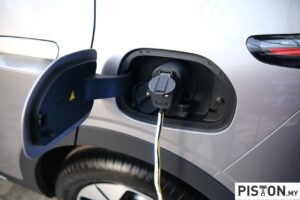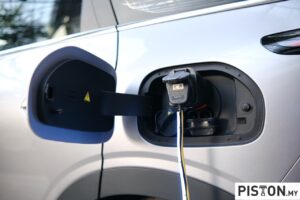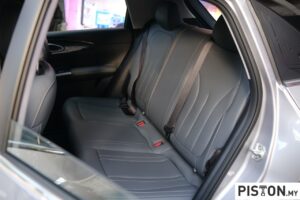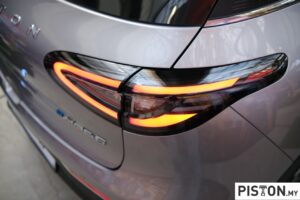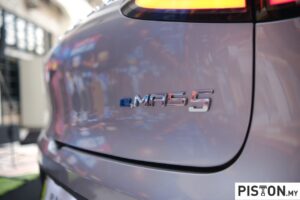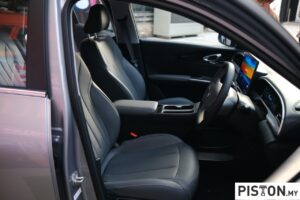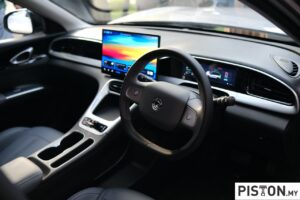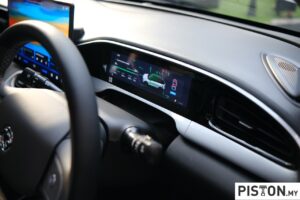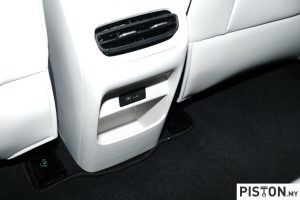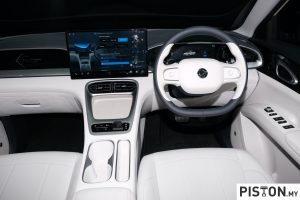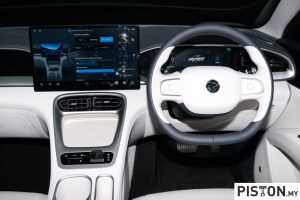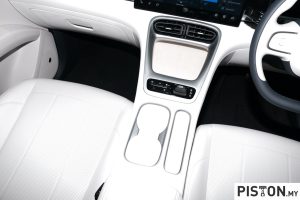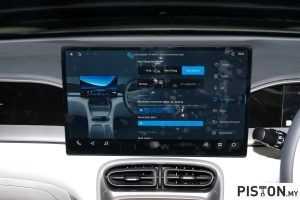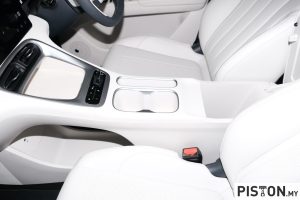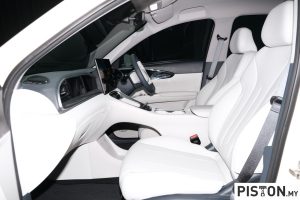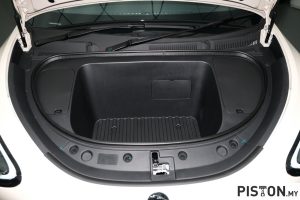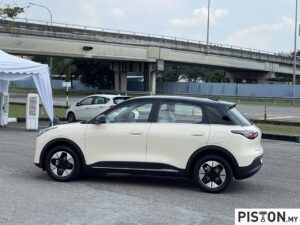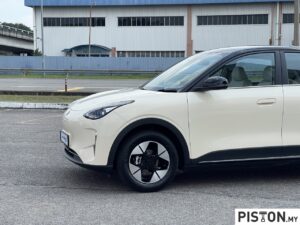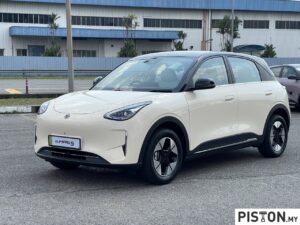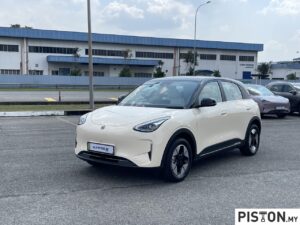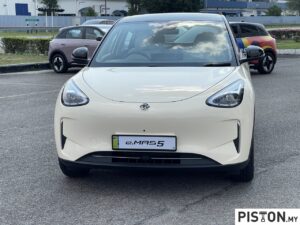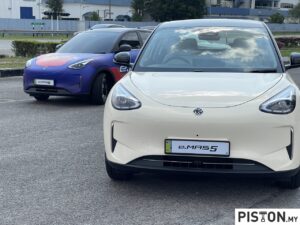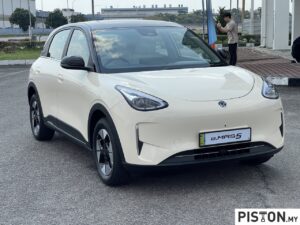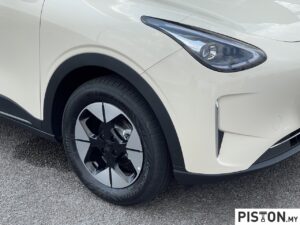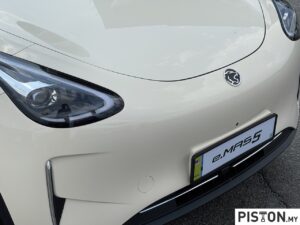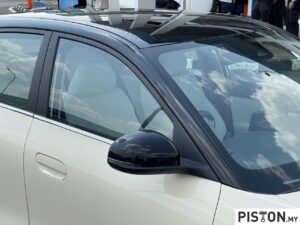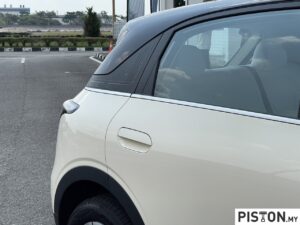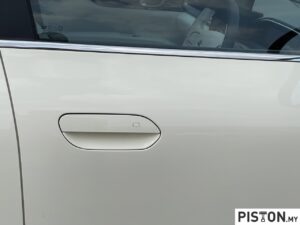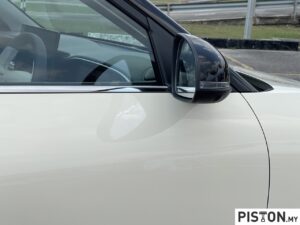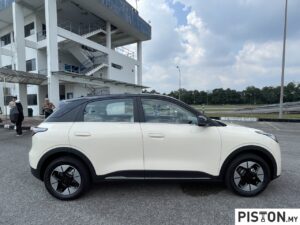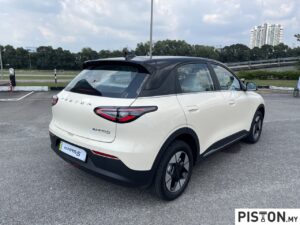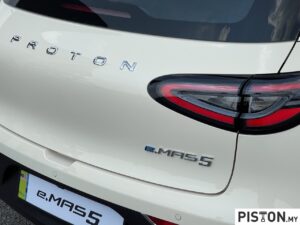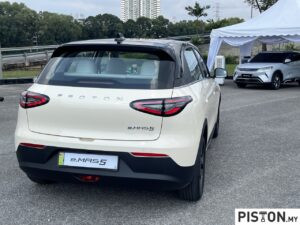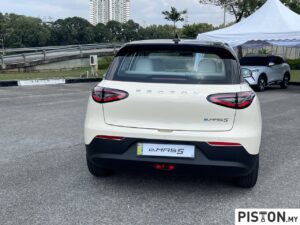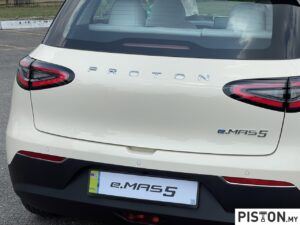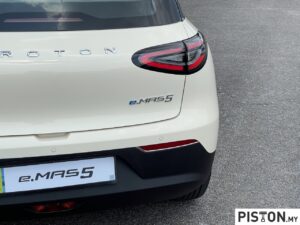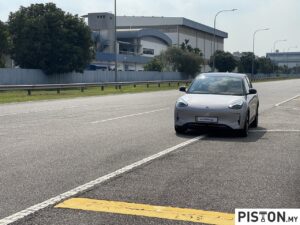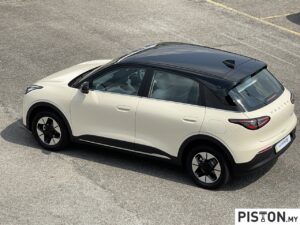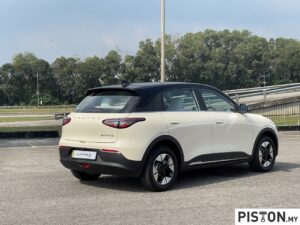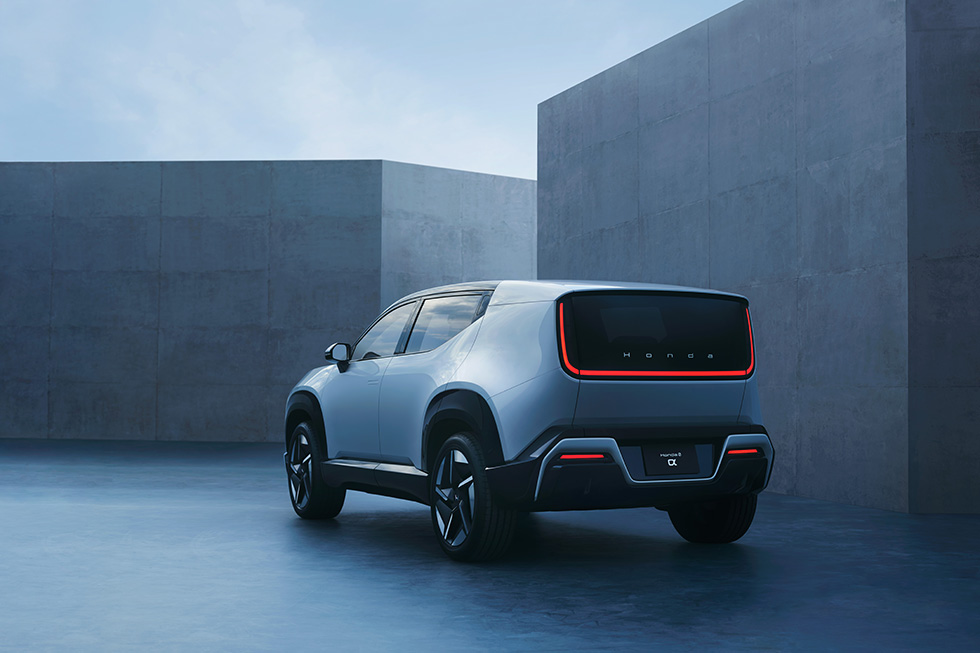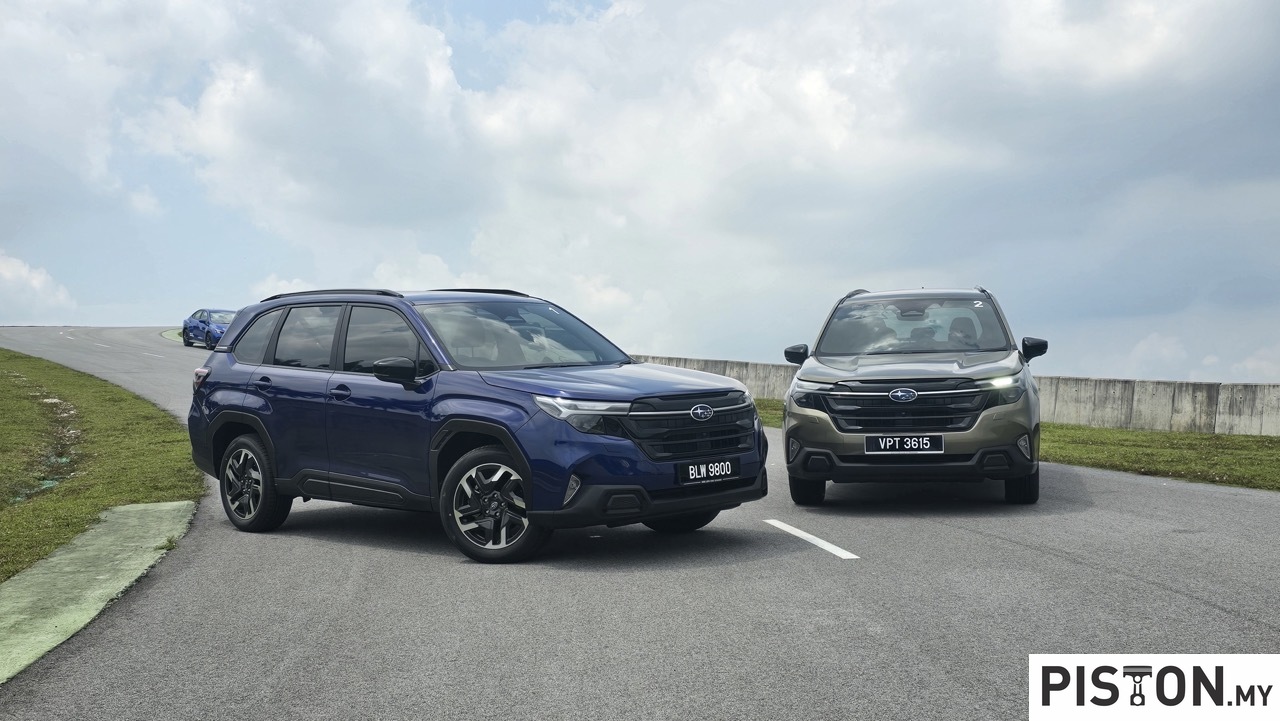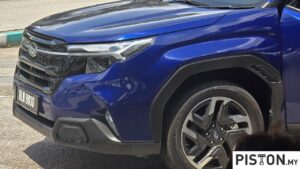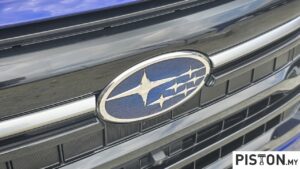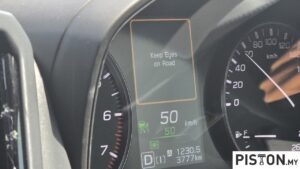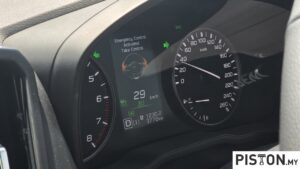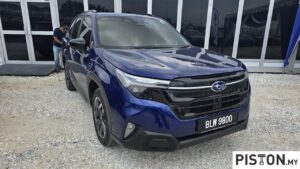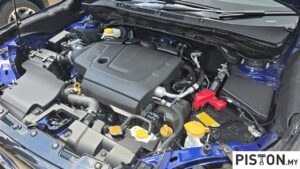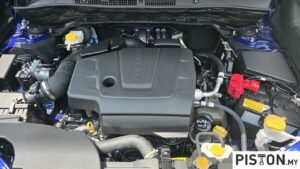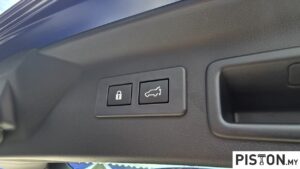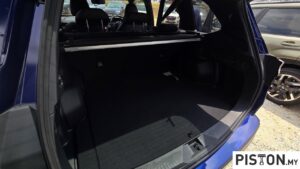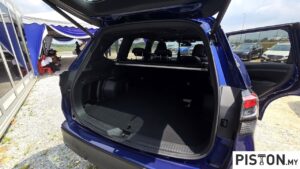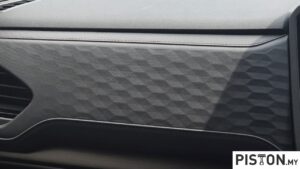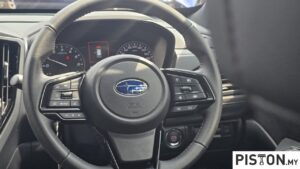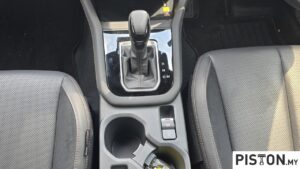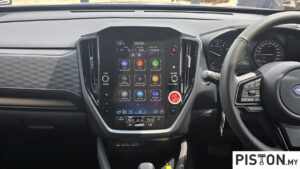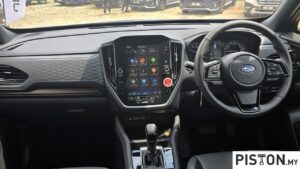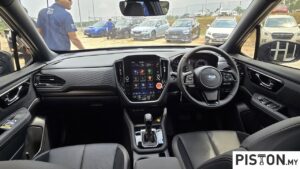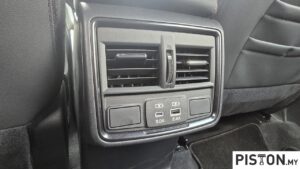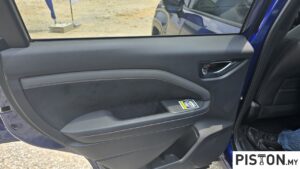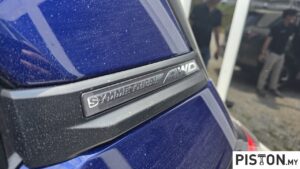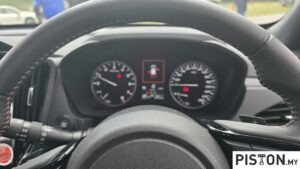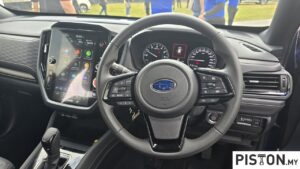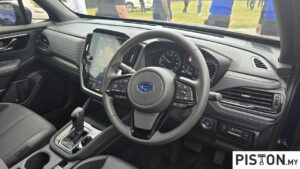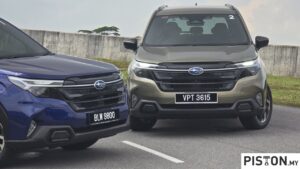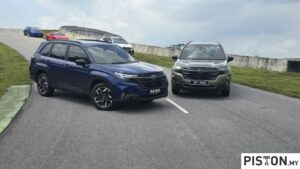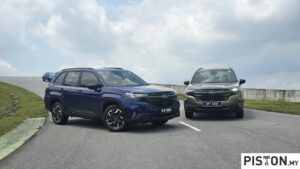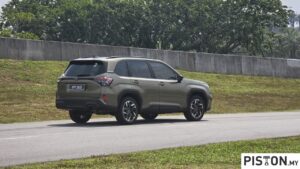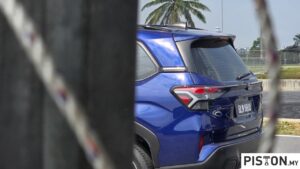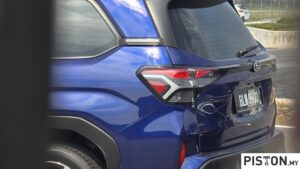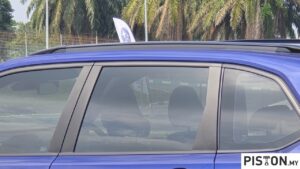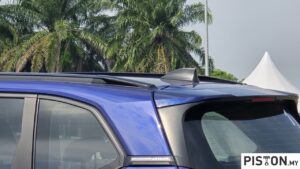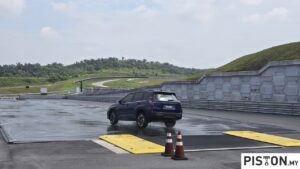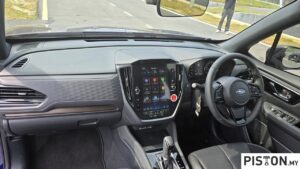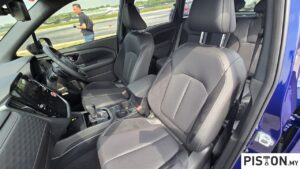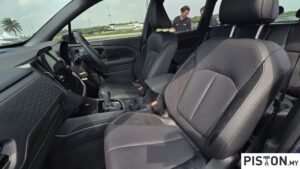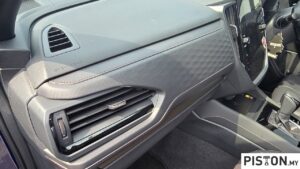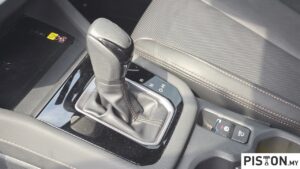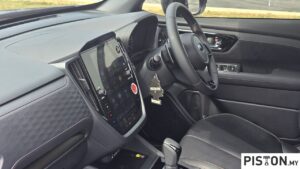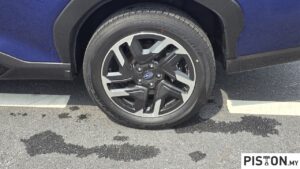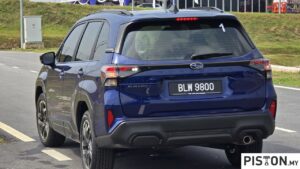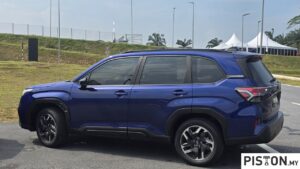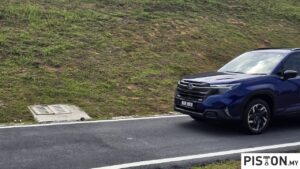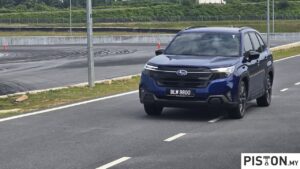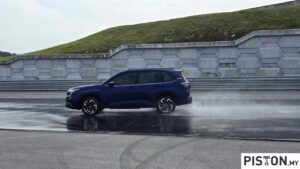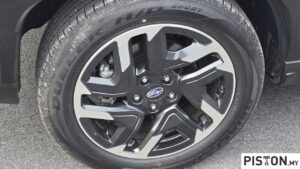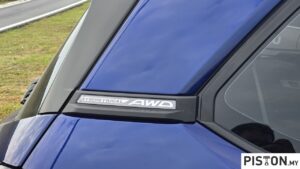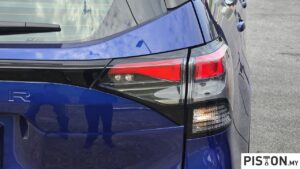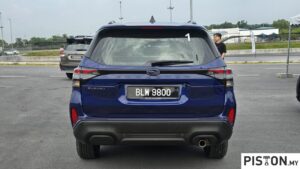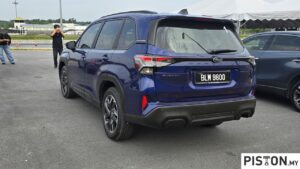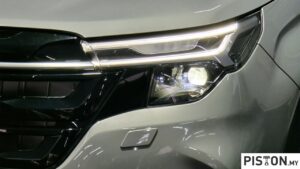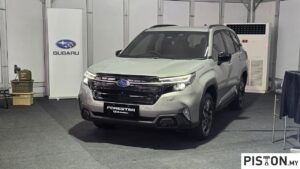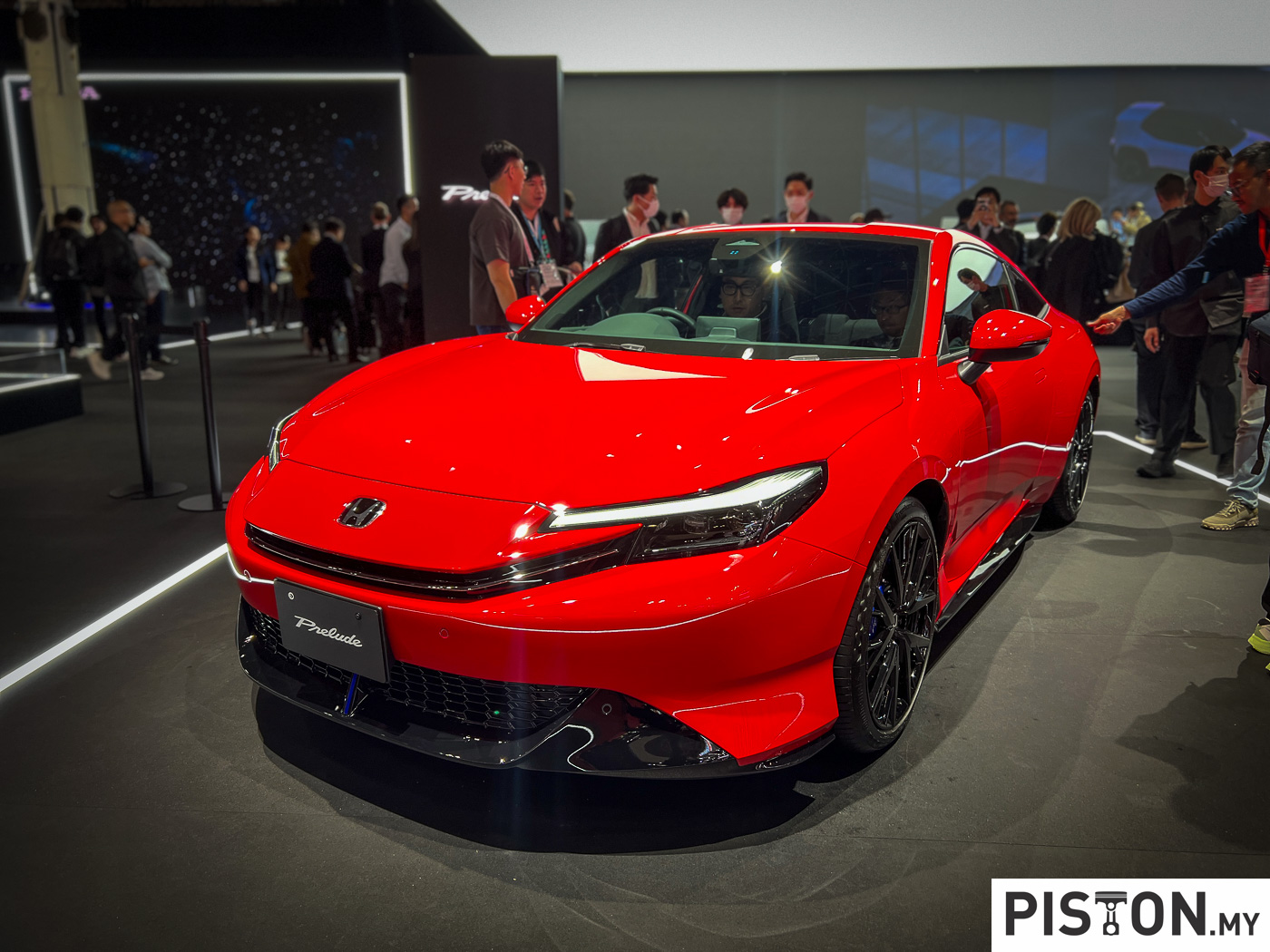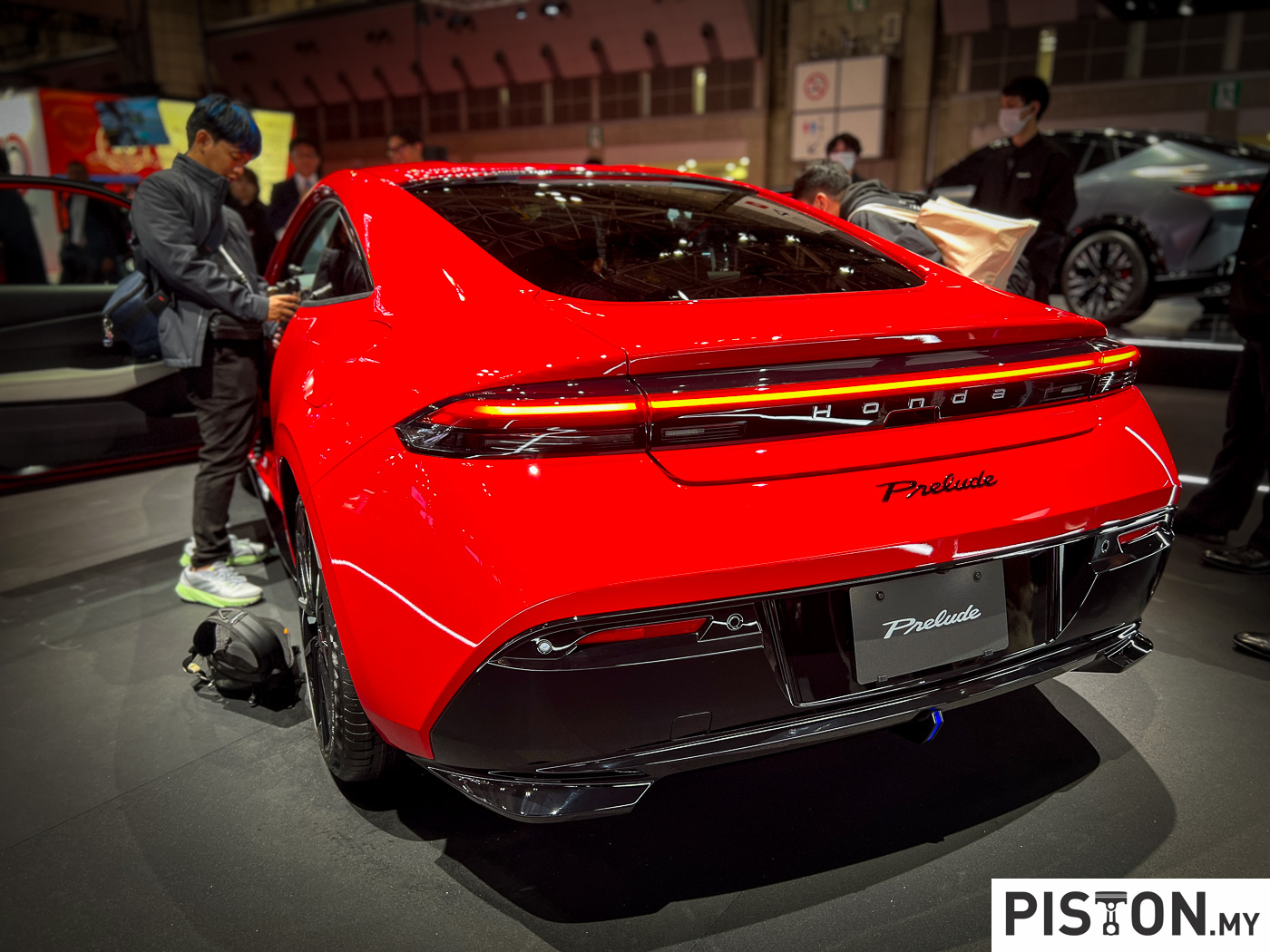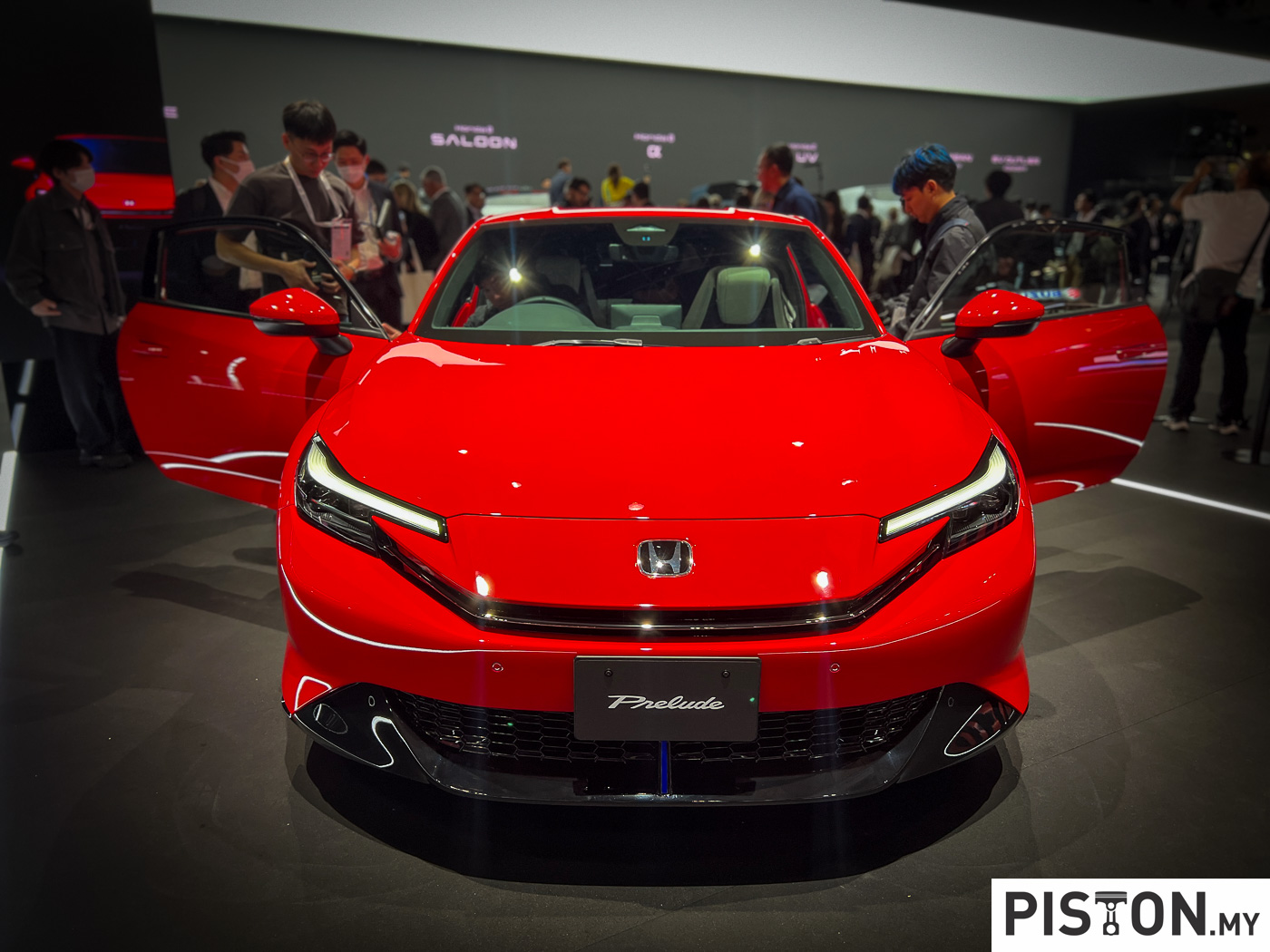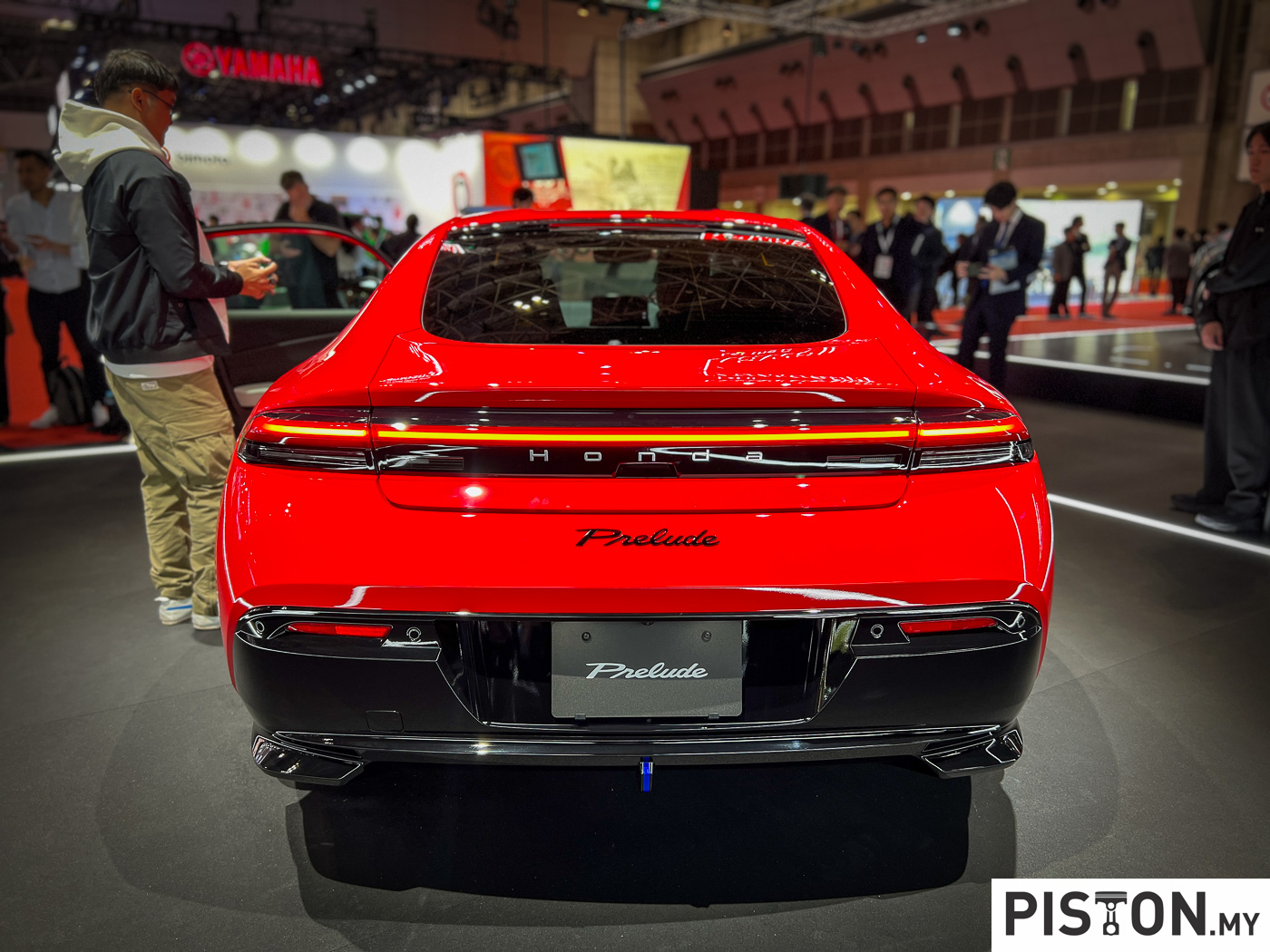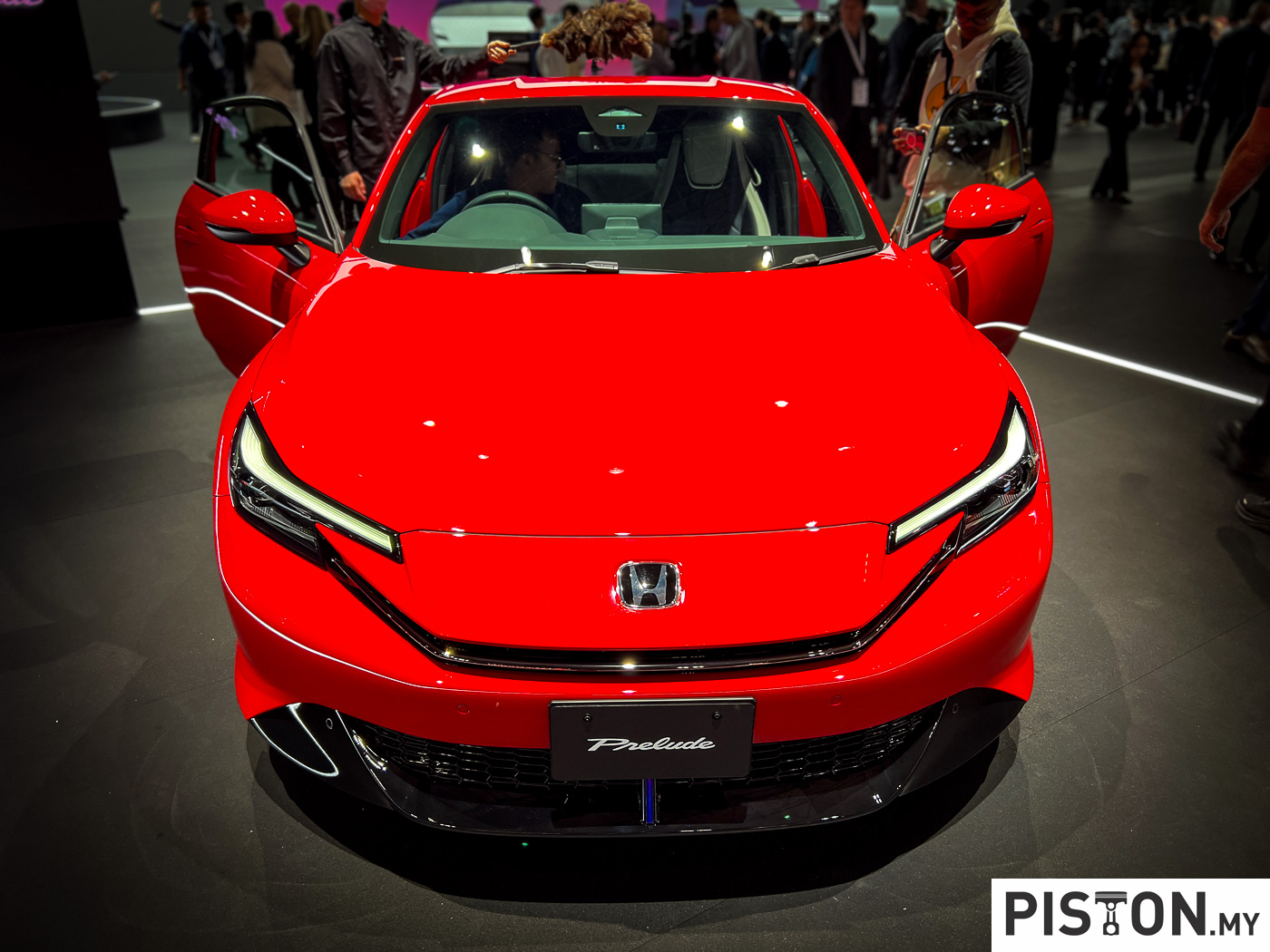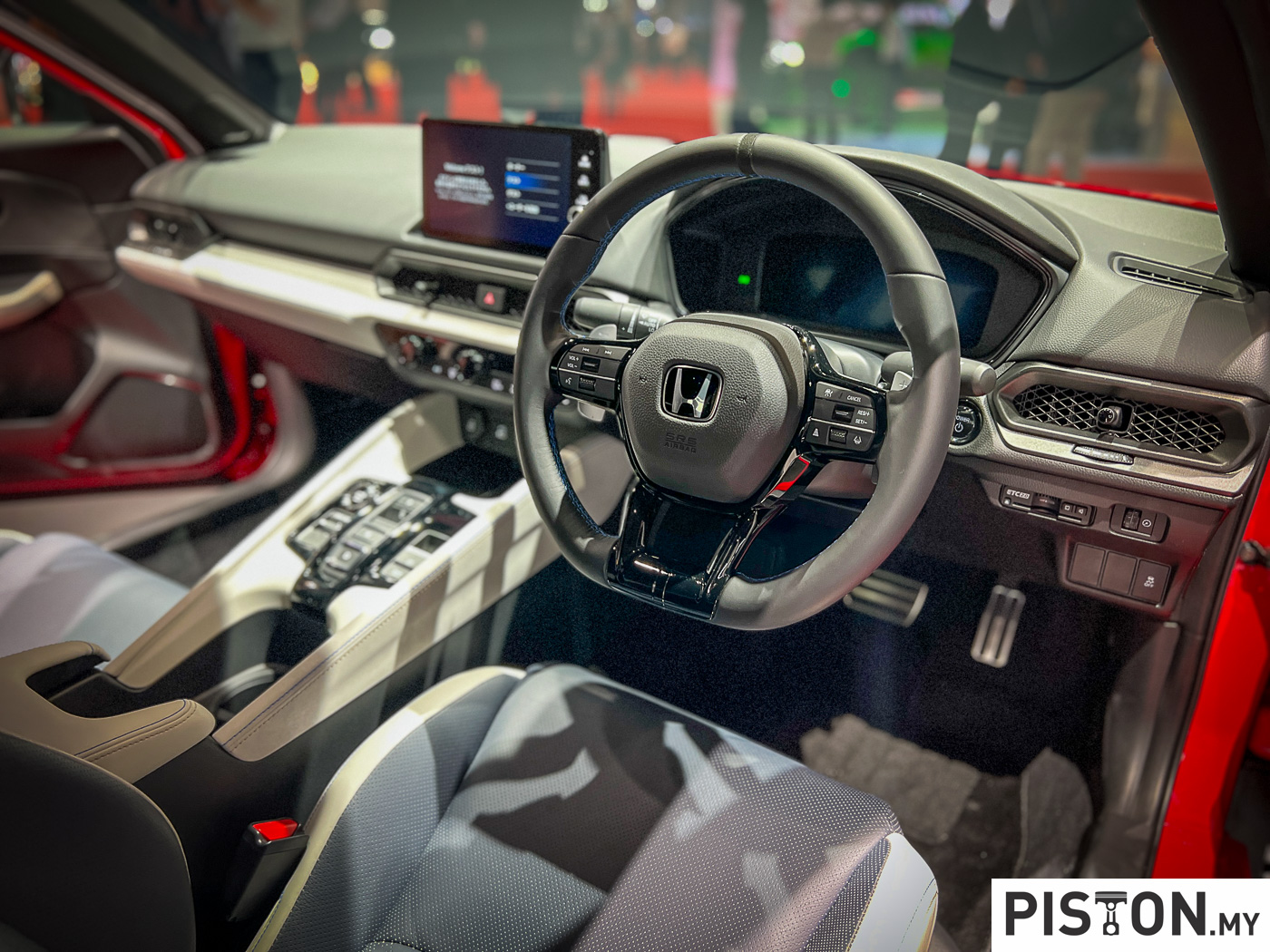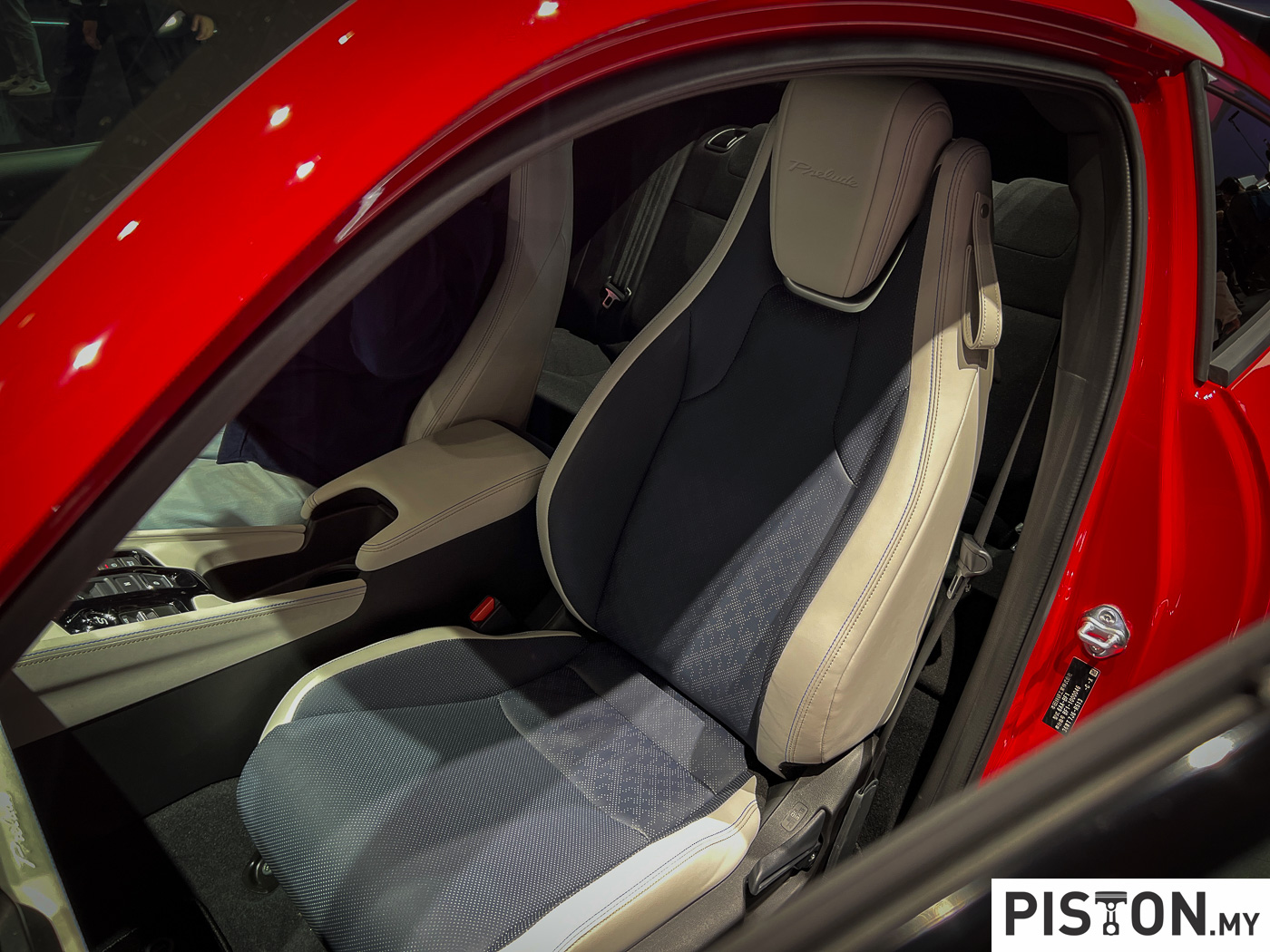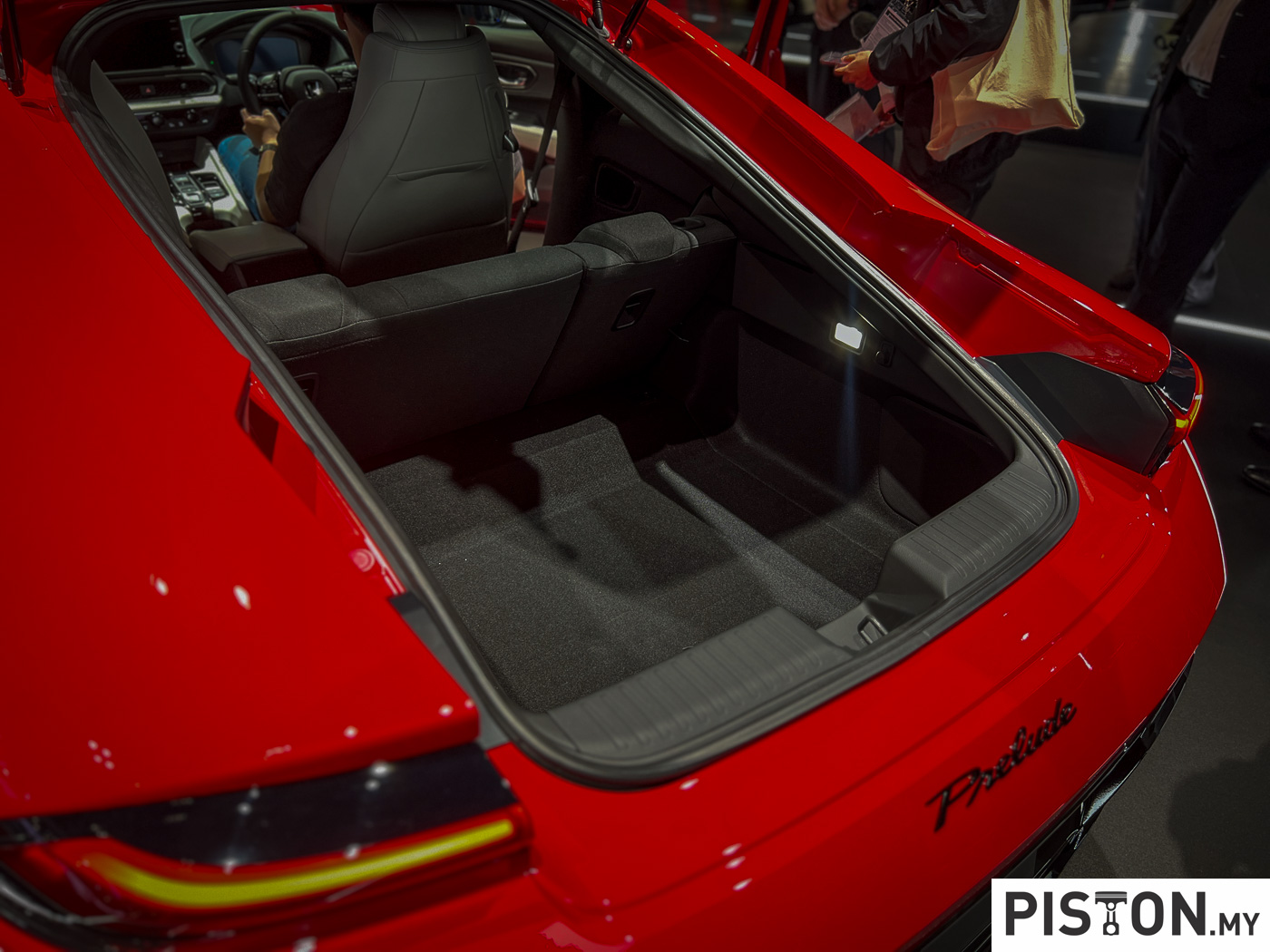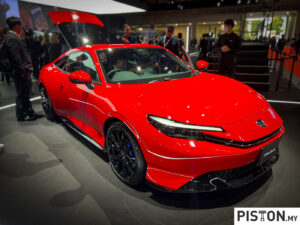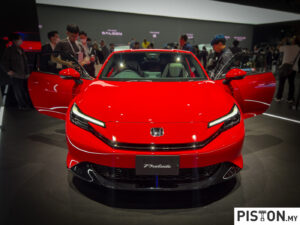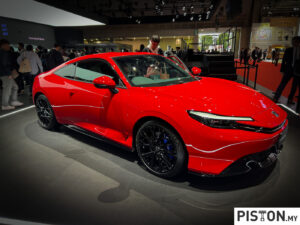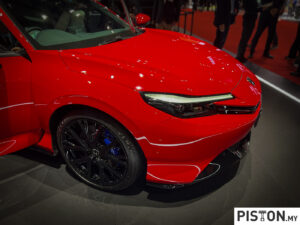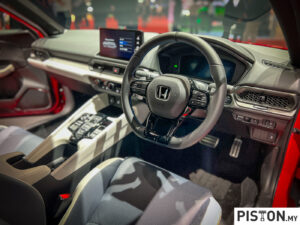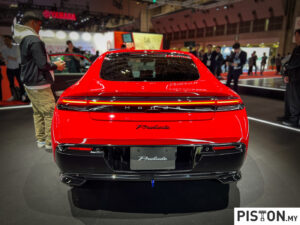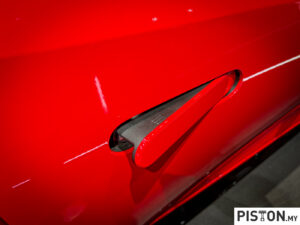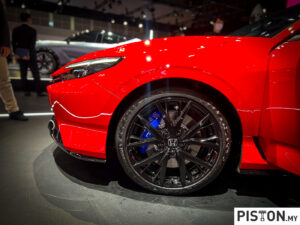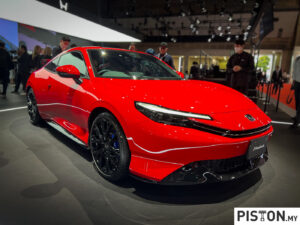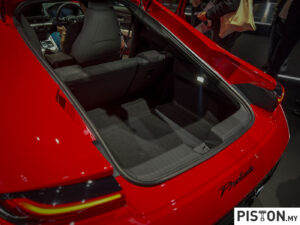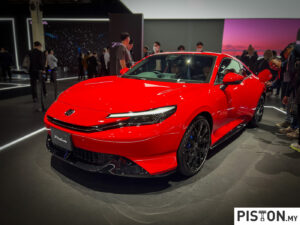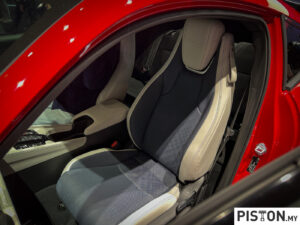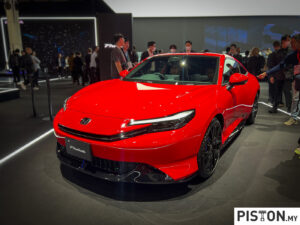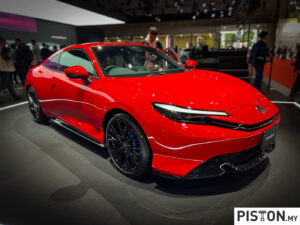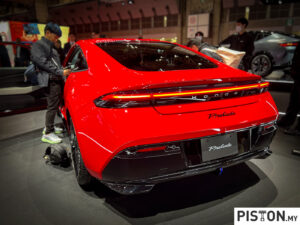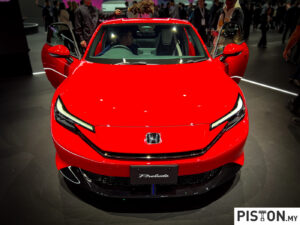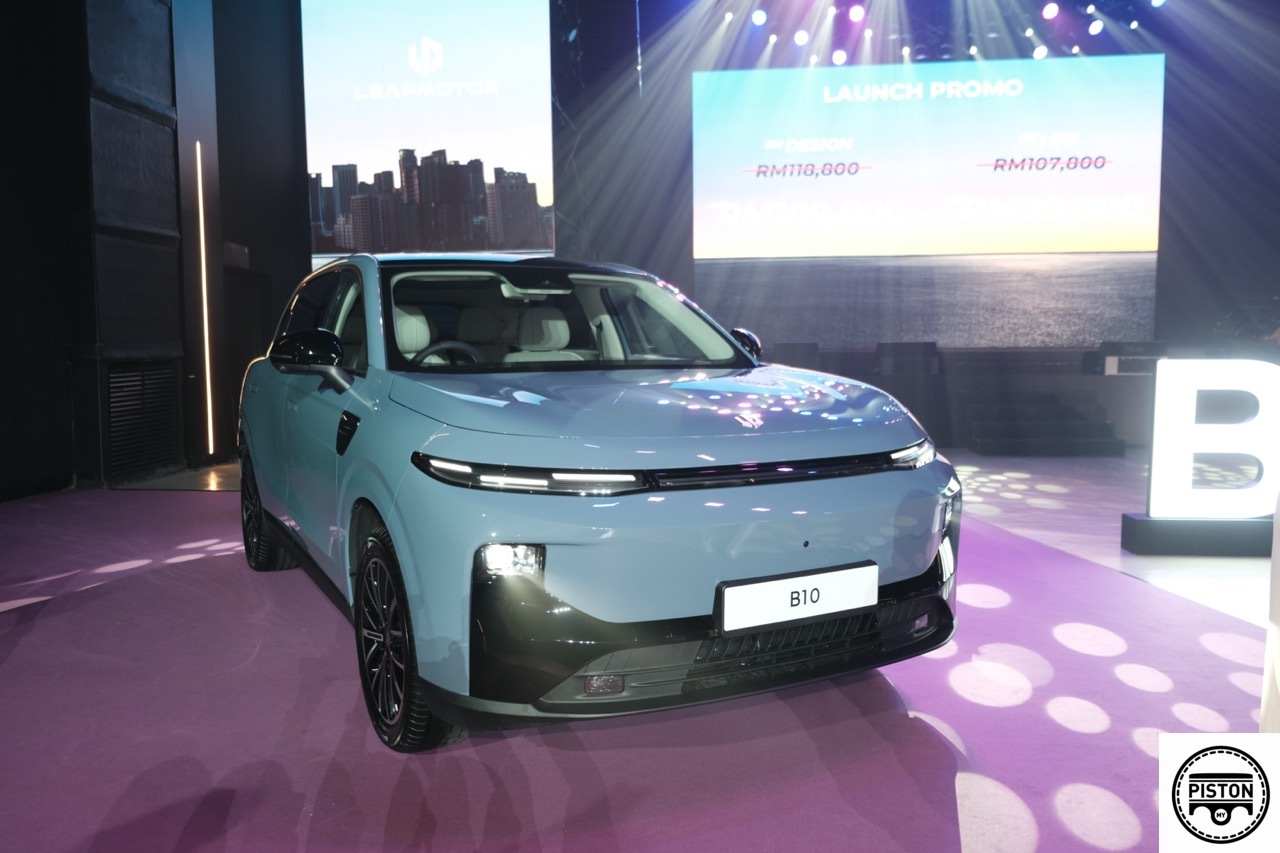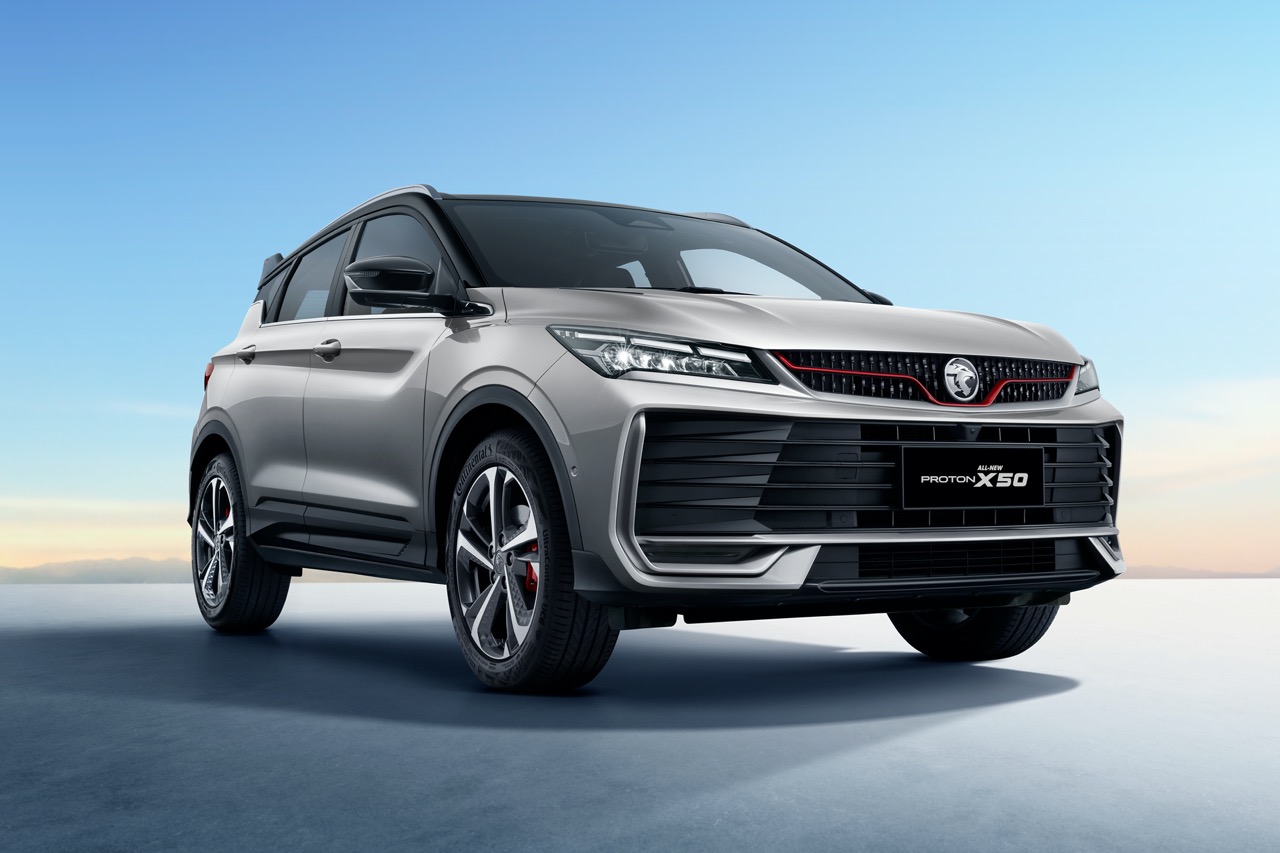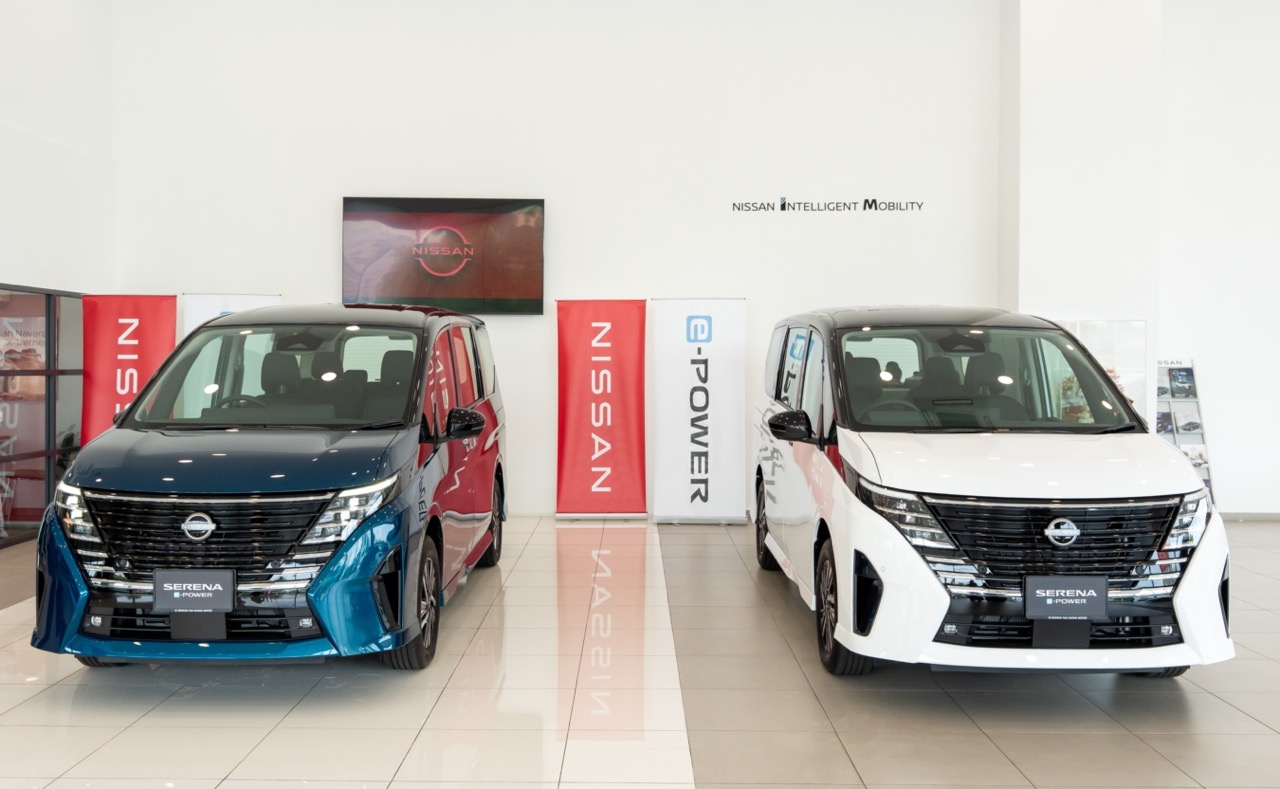TC Subaru Sdn Bhd has officially introduced the all-new Subaru Forester 2.5 in Malaysia, bringing with it a balance of power, safety, and comfort that defines what a modern SUV should be. Positioned as a rugged yet refined all-purpose vehicle, the new Forester 2.5 promises a pure Subaru driving experience built on the brand’s proven engineering heritage.
The launch represents more than just a product debut — it carries the spirit of Subaru’s “One Life. One Subaru.” philosophy, reminding drivers that a Subaru isn’t just transport but a reliable companion through every stage of life. Whether it’s tackling rough trails, running daily errands, or embarking on family adventures, the new Forester is built to handle it all with ease and confidence.
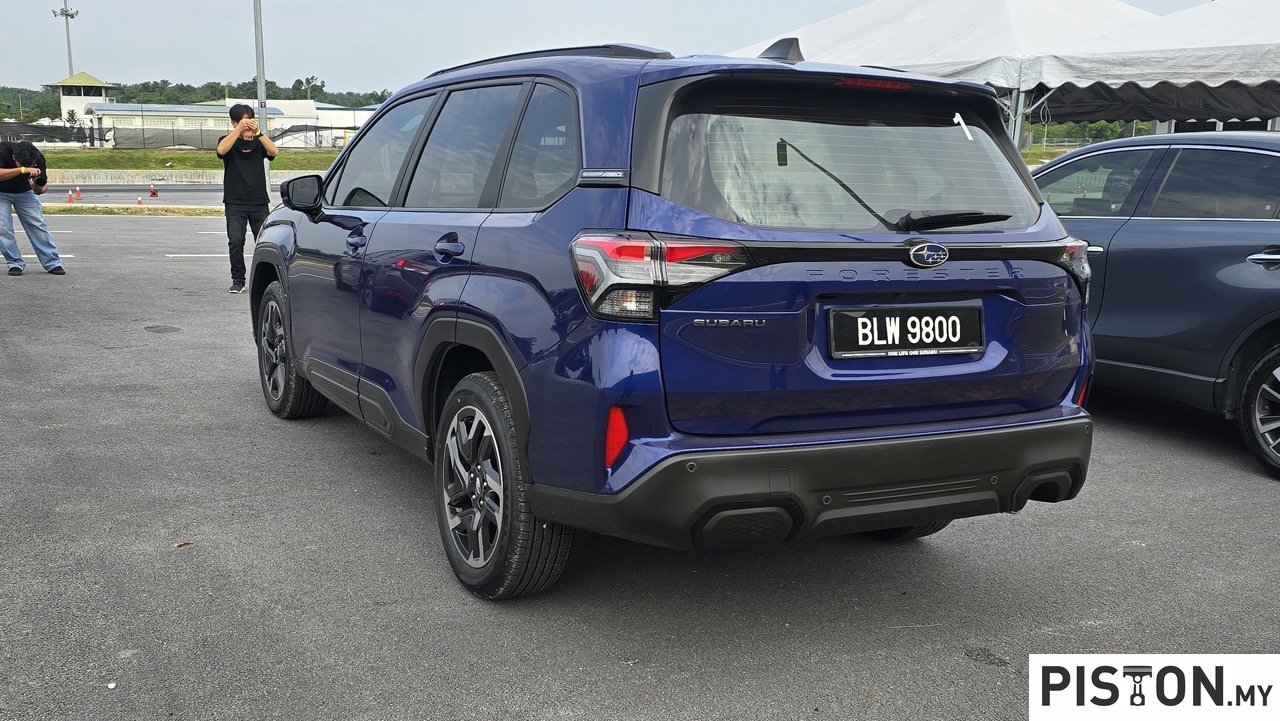
Serving as one of the highlights of Subaru’s new “Japan Premium Line,” the latest Forester underscores the brand’s dedication to delivering vehicles that embody Japanese precision, innovation, and craftsmanship. Every model under this line is fully imported from Japan, ensuring that customers receive the highest standards of fit, finish, and long-term reliability that come from meticulous Japanese production methods.
This direct import approach also means Malaysian buyers gain earlier access to Subaru’s latest powertrain and safety technologies.
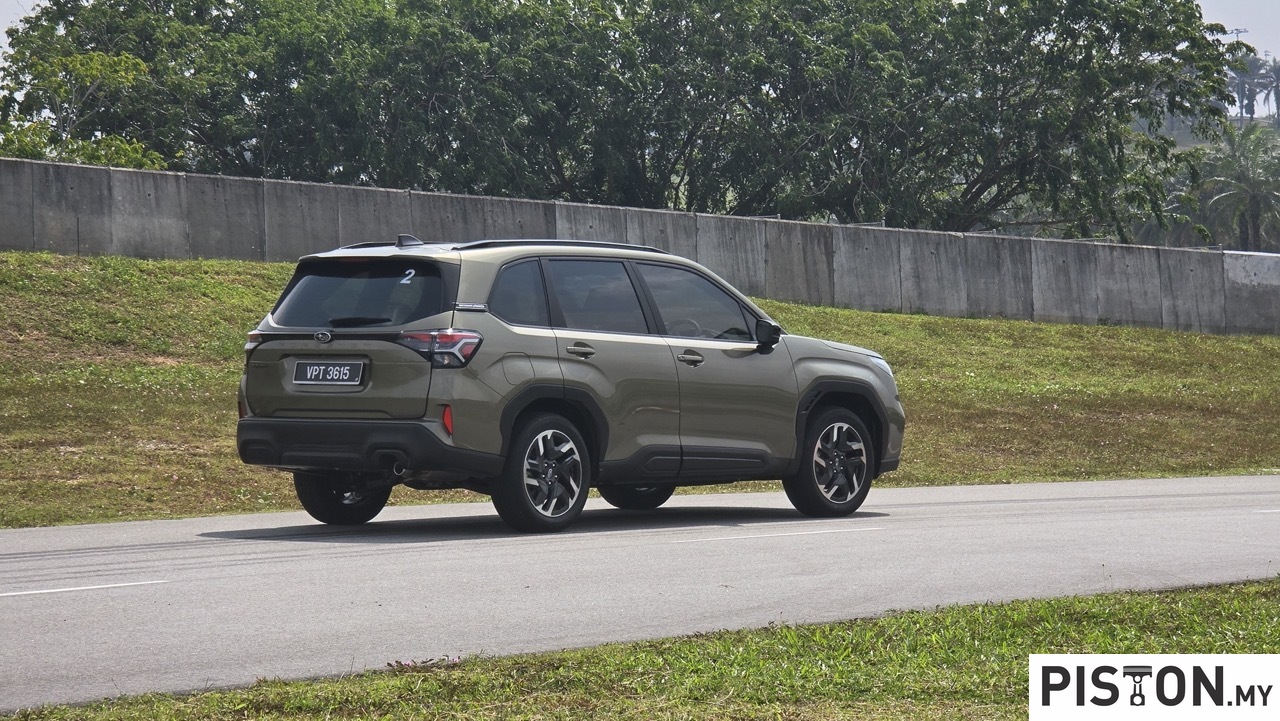
Powering the Forester 2.5 is a new 2.5-litre FB25 Boxer engine that puts out 185PS and 247Nm of torque, paired with the upgraded TR58 Lineartronic gearbox. The setup delivers a more responsive drive, with quicker acceleration and improved fuel efficiency.
Complementing this is the new dual-pinion electric power steering system that sharpens handling and provides a sportier, more connected feel. Subaru’s engineers have also refined the braking system for smoother control and overall drivability.
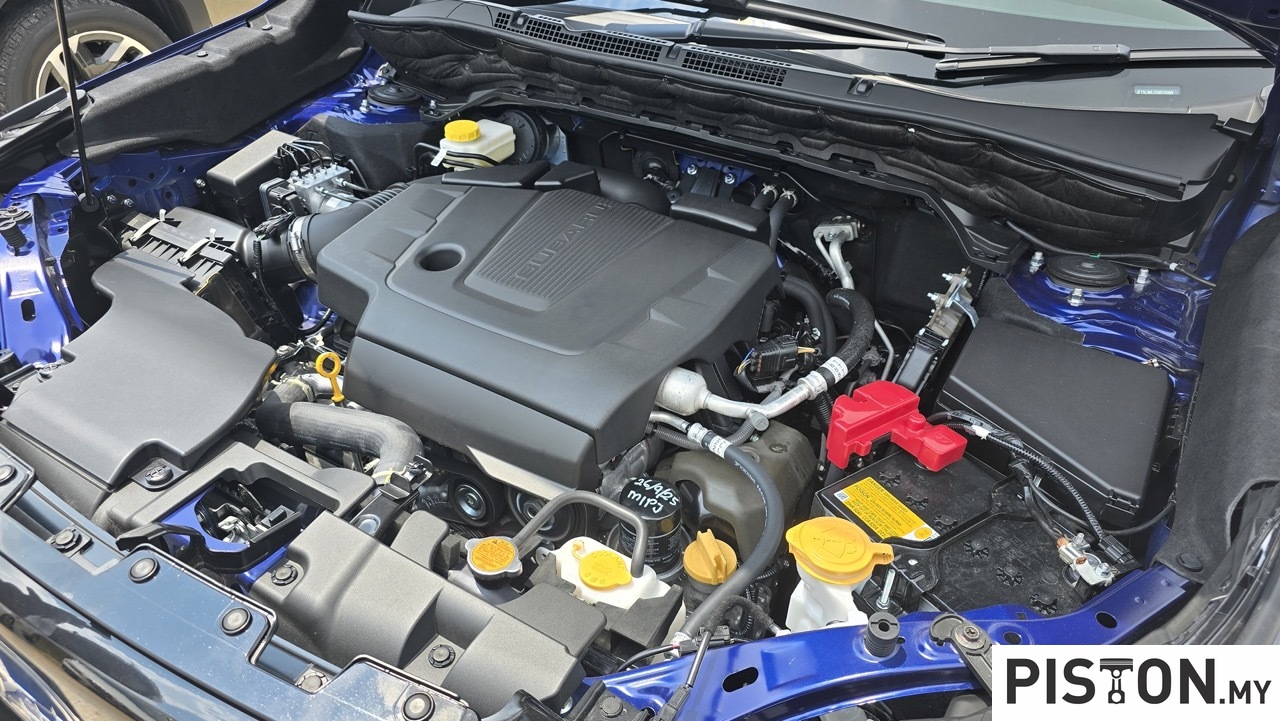
Underneath, the SUV rides on the latest iteration of the Subaru Global Platform, now 10% stiffer thanks to a new full inner-frame structure and greater use of structural adhesives.
These updates help to reduce vibrations and body movement, creating a more stable, composed ride. The suspension tuning further enhances comfort and control, ensuring the Forester feels planted and predictable on any surface.
As expected, Subaru’s renowned Symmetrical All-Wheel Drive (SAWD) system remains at the heart of the Forester’s capability, continuously distributing power to the wheels with the best traction. The system works in tandem with dual-function X-MODE for confident off-road performance, while Hill Descent Control makes steep, slippery descents less intimidating.
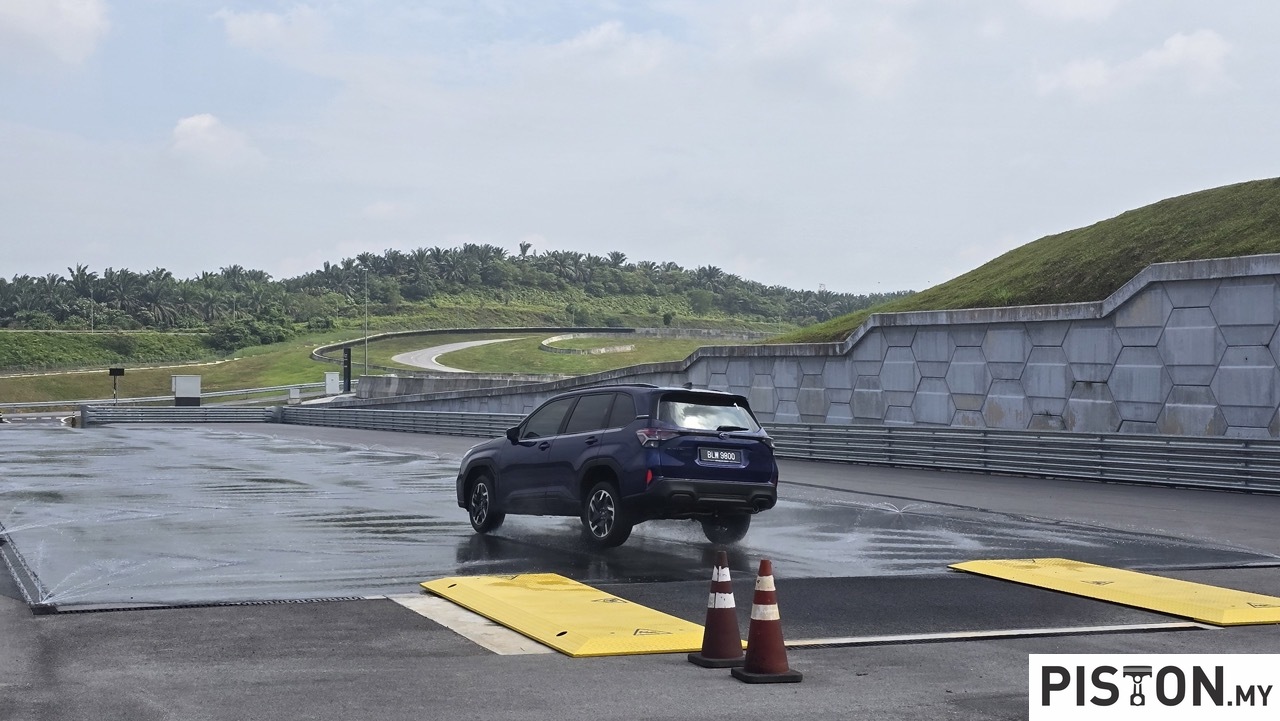
With 220 mm of ground clearance, the Forester stands ready for anything from city potholes to unpaved terrain. Drivers can also personalise the car’s behaviour with the Subaru Intelligent Drive (SI-Drive) system, choosing between the fuel-efficient Intelligent mode or the more performance-focused Sport mode.
Step inside, and the new Forester feels every bit as premium as it is practical. The cabin’s design is minimalist yet inviting, offering generous space and comfort for all passengers. Subaru’s new ergonomic seat design, co-developed with a Japanese medical institution, aims to reduce fatigue even on long drives.
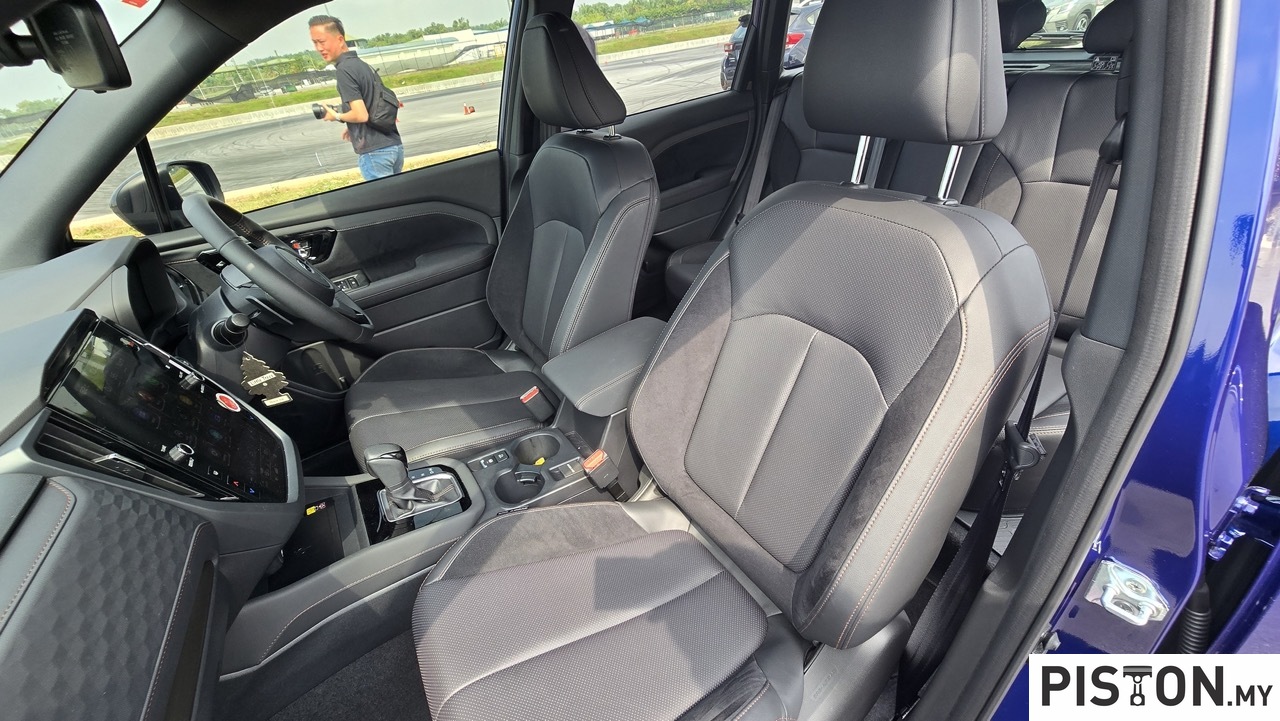
The driver enjoys a 10-way power-adjustable seat with lumbar support, while the rear seats maintain class-leading legroom and flexibility.
At the centre of the dashboard sits a sharp 11.6-inch Full HD infotainment display, which supports wireless Apple CarPlay and Android Auto. A wireless charging pad, multiple USB ports for front and rear passengers, and an easy-to-use interface complete the car’s tech offering.
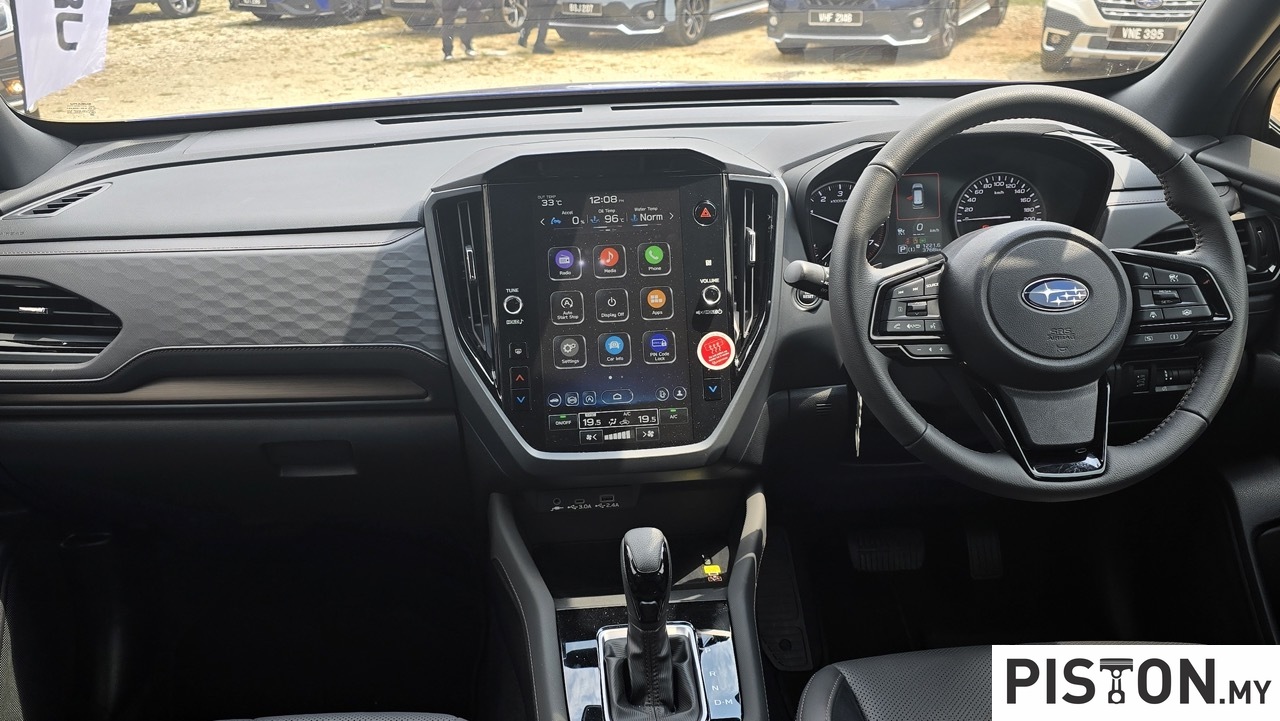
The practicality extends to the rear, where a kick-sensor hands-free power tailgate and 60:40 split-folding seats make loading bulky items effortless.
Safety, as always with Subaru, is uncompromising. The Forester 2.5 features eight airbags, including a new passenger seat cushion airbag that enhances protection in frontal collisions. The latest version of Subaru’s EyeSight 4.0 system now includes a wide-angle monocular camera, expanding the range of detection for pedestrians and cyclists.
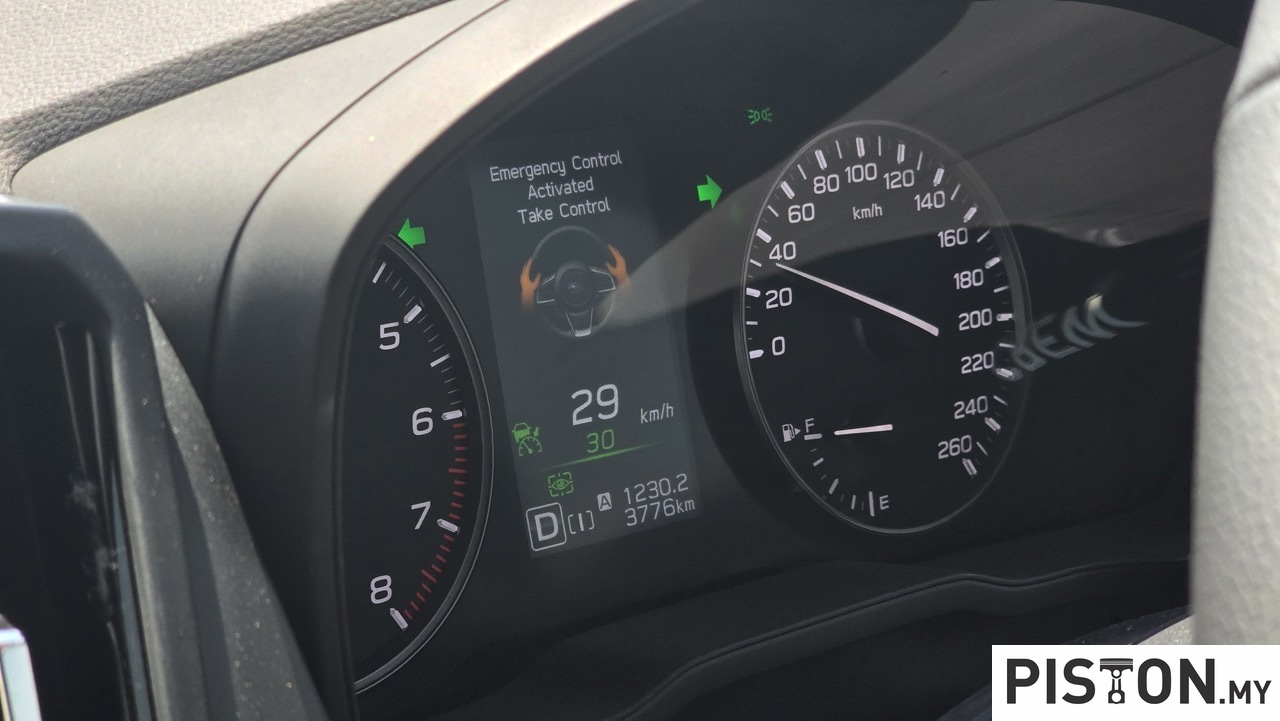
It also integrates advanced driver assistance features such as the Emergency Driving Stop System, which safely halts the car if it detects prolonged driver inactivity, and a new Driver Monitoring System that uses facial recognition to track drowsiness or inattention.
For enhanced visibility and manoeuvrability, the Forester comes equipped with a 360-degree Multi-View Monitor, Reverse Automatic Braking, and Active Torque Vectoring. All of this works seamlessly to create a safer, more confident driving experience.
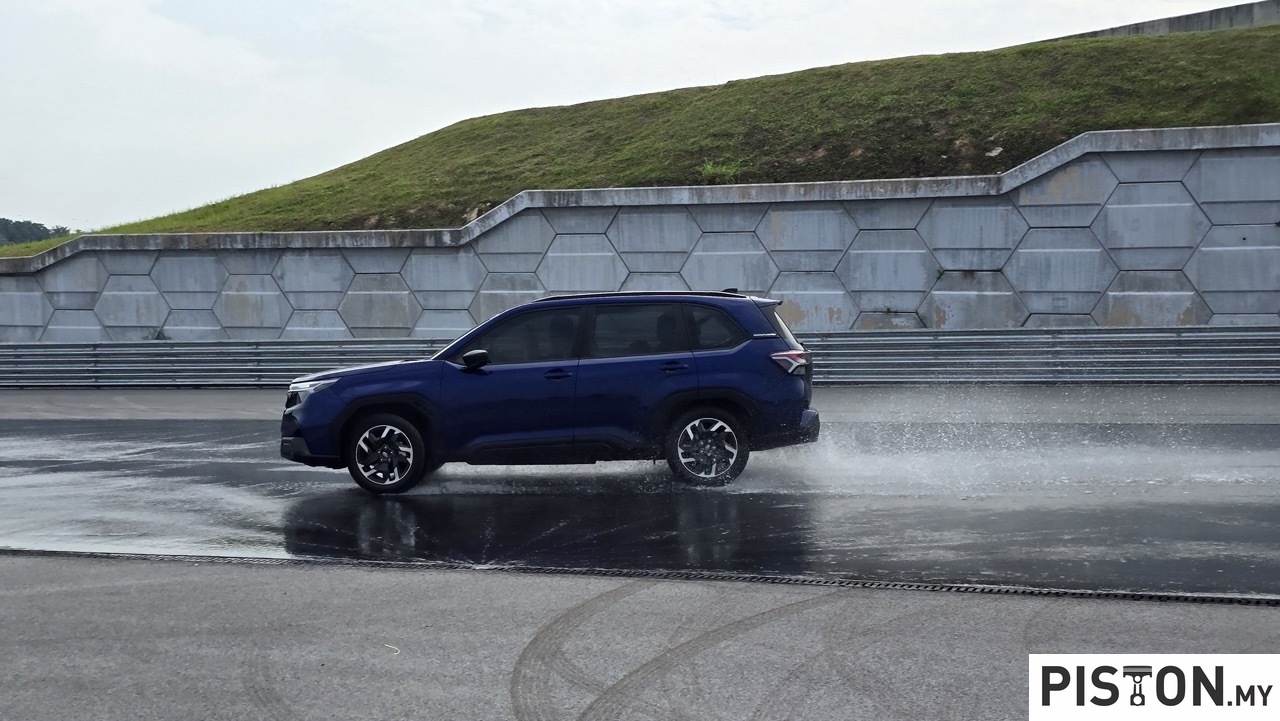
The new Forester also makes a bold statement in design. Its fresh front fascia, complete with a larger grille and signature C-shaped LED headlights, gives the SUV a commanding road presence. Muscular wheel arches and 18-inch alloy wheels emphasise its rugged capability, while aerodynamic improvements enhance stability and efficiency. The rear design feels more modern, highlighted by an embossed “FORESTER” badge and sleeker LED taillights.
To match its strong visual identity, Subaru has introduced several new colours for the Malaysian market, including River Rock Pearl, Cashmere Gold Opal, and Daybreak Blue Pearl, adding sophistication to its adventurous persona.
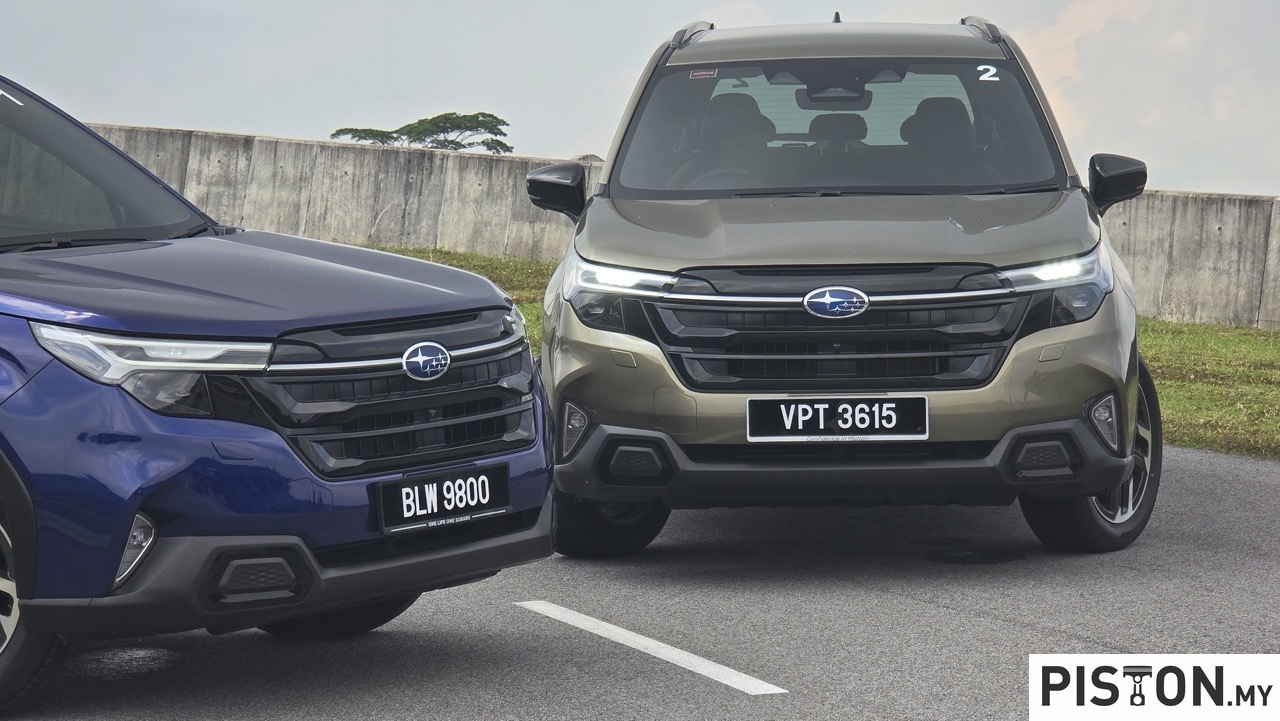
The all-new Subaru Forester 2.5i-S EyeSight, part of the Japan Premium Line, is priced from RM221,500 (indicative). Customers can now visit authorised Subaru dealerships across Malaysia for detailed specifications and test drives.
With its refined engineering, advanced technology, and unmistakable Subaru DNA, the new Forester 2.5 doesn’t just aim to move people — it aims to move them confidently, wherever life takes them.





